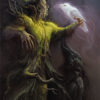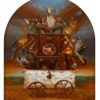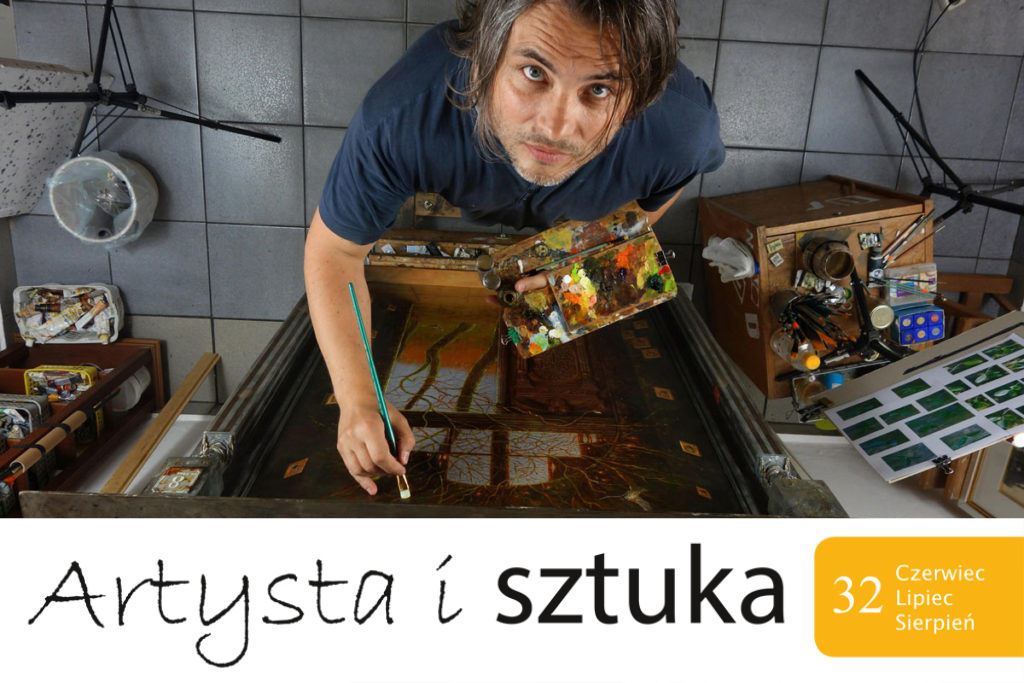
Wersja w języku polskim tutaj.
A great article – interview with Tomasz Alen Kopera appeared recently in the 32 edition of the polish magazine “Artist and art” [“Artysta i sztuka”]. The archival copy is still available on the publisher’s website, you can order it by clicking here.
Thanks to the courtesy of Mr. Tomasz Mueller and Mrs. Nina Kinitz from the magazine “Artist and art” we have the pleasure to share with you this beautiful interview.
MAGICAL DREAMS ABOUT PASSING AWAY
Arkadiusz Dzielawski does not have to deform reality to show the magic it contains. The secret of the suggestiveness of rounded images lies in the construction of surprising metaphors, enhanced by the effective play of lights and shadows as well as original compositional solutions. The passion for symmetry and harmony as well as the fascination with the tradition of the 17th-century Flemish painting are also important. What other secrets are hidden in the surrealistic work of this artist from a Polish city of Częstochowa?
TEXT: NINA KINITZ
Nina Kinitz: Your paintings resemble mirrors that reflect the reality we know, enveloped in an aura of weirdness and sleep. Do you create them to delight the audience with surreal aesthetics, or rather encourage them to interact with the heroes of your works?
Arkadiusz Dzielawski: I want to invite viewers to a dialogue. There is a reason that at the centre of most of my work is a character who looks at the viewer as if he wanted to talk to him. An example is the organ grinder who lifts his hat as if he were saying: “Come, see what’s going on here”. Through my creativity, I try to write down the image of the present in the way I perceive it. I want to pay attention to ordinary items – an old telephone or kettle that have their own charm. I show that beauty can lie even in old hands or a pot from which an earthworm comes out. I often raise the subject of passing away – I am looking for answers to the questions: where are we going and what happens to us after death. I also like giving things a second life. I collect jugs, old boards, frames and other examples of old crafts that have been thoughtlessly thrown away. They later become elements of my work.
NK: Are the objects your main source of inspiration?
AD: I am inspired by unusual things in which there is a fleeting charm of the past. I juxtapose them like a documentary filmmaker, creating stories from a surreal world. In the past, I was inspired by the art of other artists to a greater extent, because I was still looking for my own language of artistic expression. Now is different. However, I am still delighted with Dali’s work, I am fascinated by the paintings of Józef Mehoffer and Jacek Malczewski. When I see them, I feel cleansed and full of energy to act. I am also inspired by the shots from the movie “Perfume: The Story of a Murderer”. However, the greatest source of creative motivation are my grandchildren – all I have to do is visit them to feel that I want to live.
NK: Painting and creating installations are not the only sphere of your activity. You are also the originator of the art festival “Realism and the senses are delusional” [„Realizm, a zmysły mami”.].
AD: It’s true. I am the curator of the festival of surrealistic art in Częstochowa, attended by painters, sculptors, photographers and theatre people. I hope it will be permanently included in the calendar of Polish cultural events. Our plans are ambitious – we want „Realizm, a zmysły mami” to become a nationwide event, and maybe even an international one, if we manage to get adequate support. Apart from creating, I want to popularize the art of magical realism and present its diversity. After all, surrealism is not only paintings and photos, but also sculptures, installations and paratheatrical activities. There are many artists in this trend in Częstochowa, so we have a lot to be proud of.
INSIDE THE ATELIER
In my studio there is a special cage in which I lock myself while painting. Its design allows me to keep my elbows at chest level, relieving the spine. I don’t just use it when creating tall paintings. On the shelves there are Winsor & Newton, Talens and Rembrandt paints as well as several Chinese paint colours. From a distance you can see a huge jar with Venetian turpentine, which I make myself. After mixing with turpentine oil, I use it to make glazes. I use bone glue for priming. In the media, I use Winsor & Newton’s liquid, which allows me to overcome the problem of paint drying for too long. I use a wide range of brushes – from very thick to number 00 – these are nylon and natural bristles. In my studio I also have tools used by goldsmiths and old dental diaks – they are used to cut out elements. I prepare picture frames myself, which is why I also use a milling machine, drill, planer and jigsaw on a daily basis.
I like to work with large formats because they have a stronger impact on the recipient. The shape is also important to me. Creating works with rounded edges allows me to apply compositional solutions that I could not introduce on a rectangular plan. The unusual shape of the works also has a symbolic dimension – it draws attention to the sky that often appears in my work. It also intensifies the mood of weirdness, suggesting the presence of the sacred sphere and surrealistic elements. The roundedness of the images, combined with the characteristic composition, makes the viewer look at the work as if looking out the cathedral window. I paint my paintings the way stained glass is created – some details are perfected, and in the case of others, I allow myself a free painting. If all parts of the work were equally polished, the work would become boring. In every painting I try to leave brush marks to show that it was created by a human and not a machine.
I used to paint on canvas, but now I choose HDF board. Gilding and silvering of the surface is a mechanical process that makes the canvas more susceptible to damage, so I stopped working on it. I start the creative process by sketching an idea with charcoal, crayon or watercolour. Then, using water paints, tempera or acrylics, I make a more detailed drawing with chiaroscuro. In the next stage, I apply an imprimitate, for example in the colour of olive green – thanks to it, the underpainting becomes less absorbent. I often leave greens in parts of body or in the shadows. When painting, I return to one element several times. I often experiment with gilding or silvering, I also create installations and paintings that go beyond the frames. Two-dimensionality is no longer enough for me.
I could work on a painting for a long time. Especially that for every 5 minutes of painting I have 10 minutes of looking at my work. I have already had situations in which for 3 weeks from the date of sale of the work, I introduced corrections to it. It’s hard for me to part with my works. In each of them I leave a large part of myself. Someone who once said that when you pay for a painting you buy a piece of an artist was right.
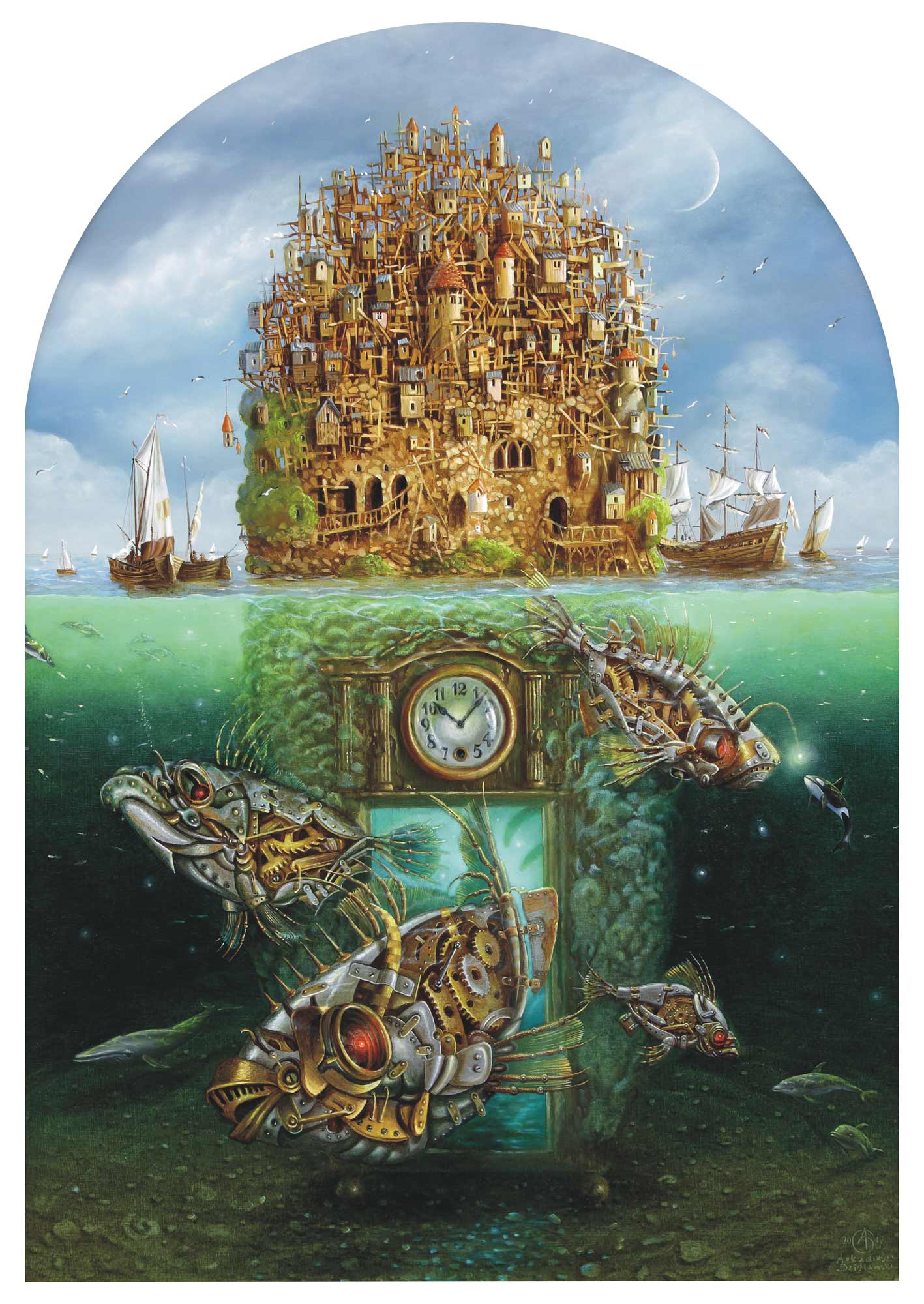
Aquamachiny – oil on panel, 88 x 62 cm, 2017
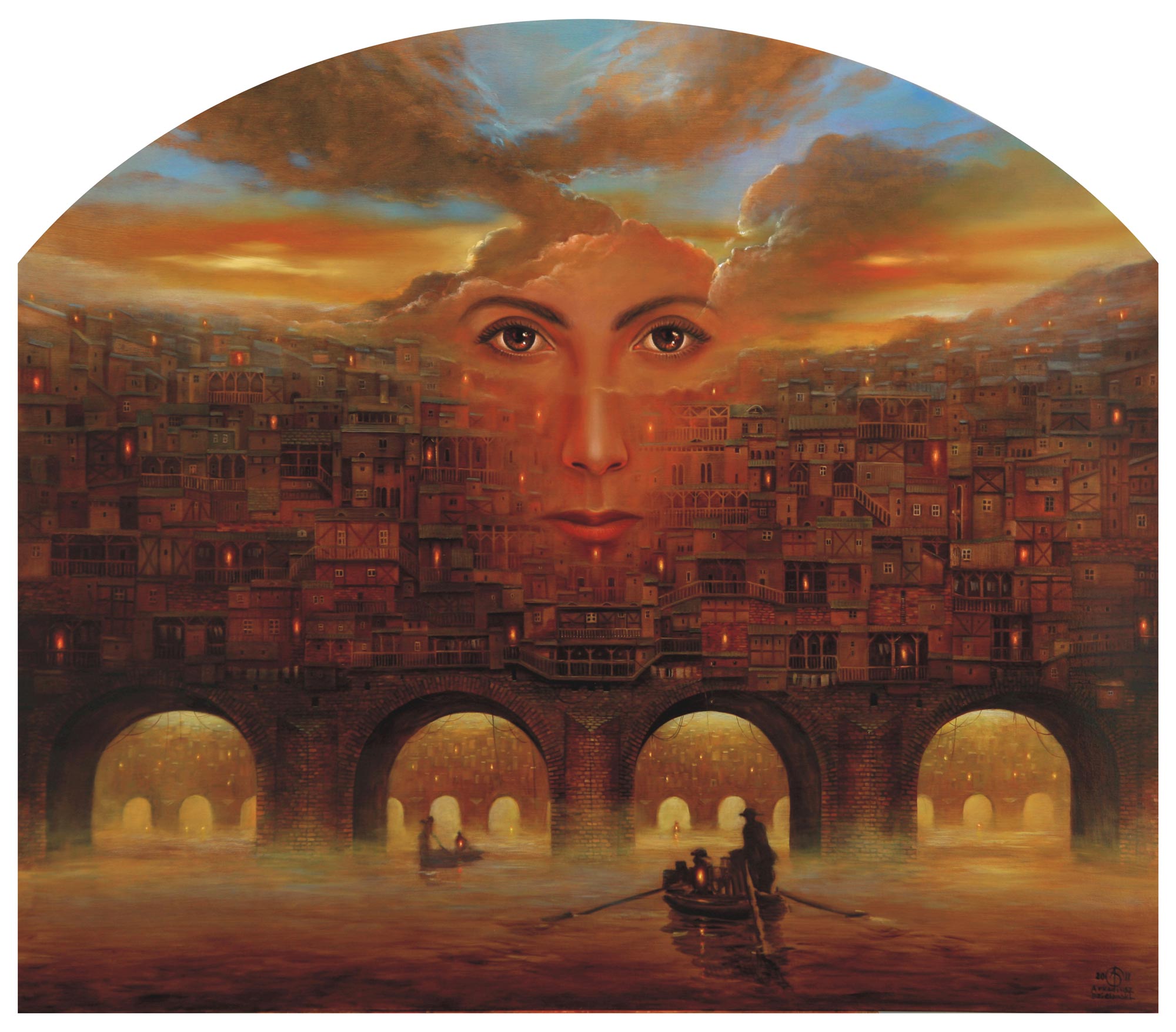
Podróż do Dewahan – oil on panel, 104 x 120 cm, 2011
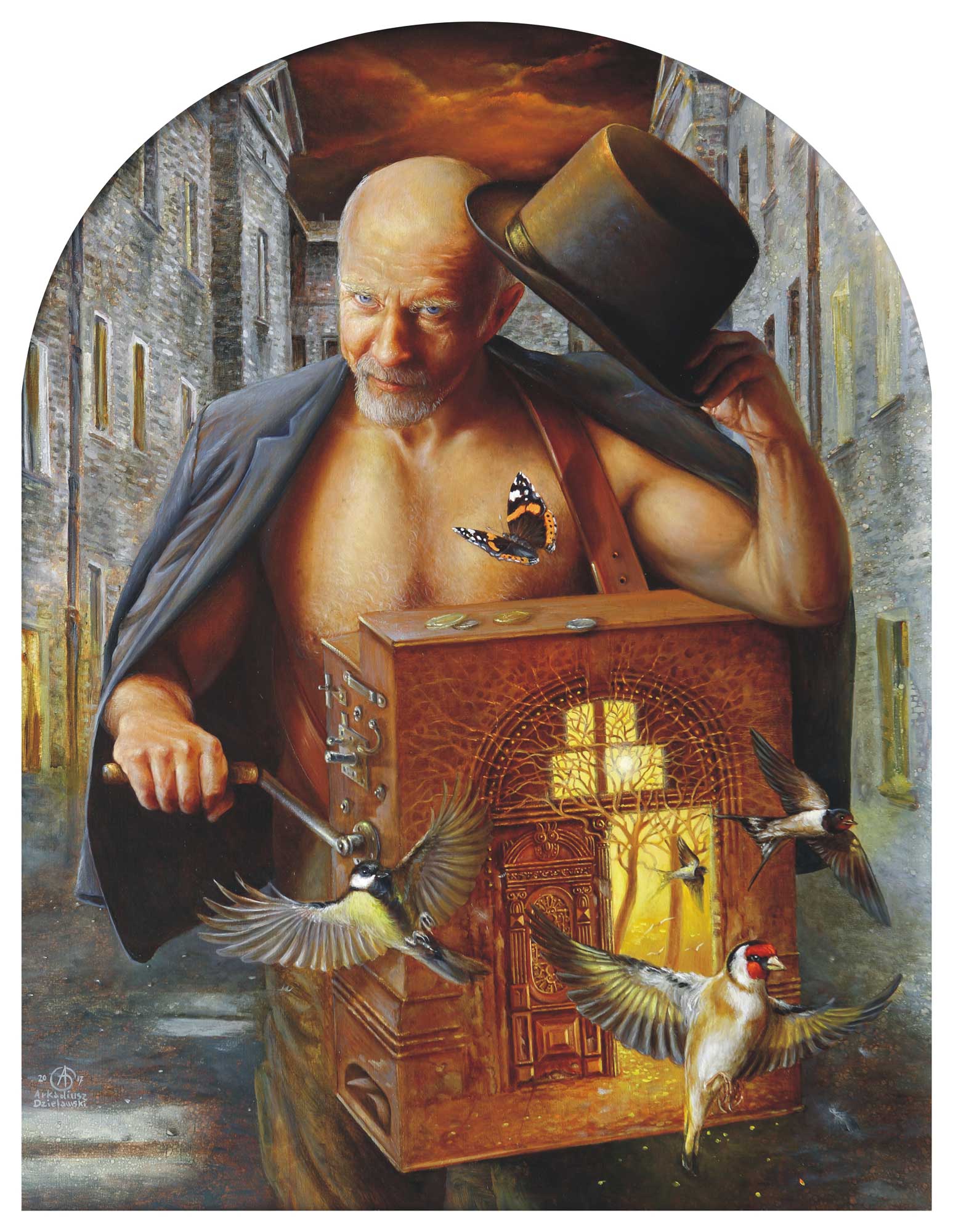
Kataryniarz – oil on panel, 67 x 56 cm, 2017
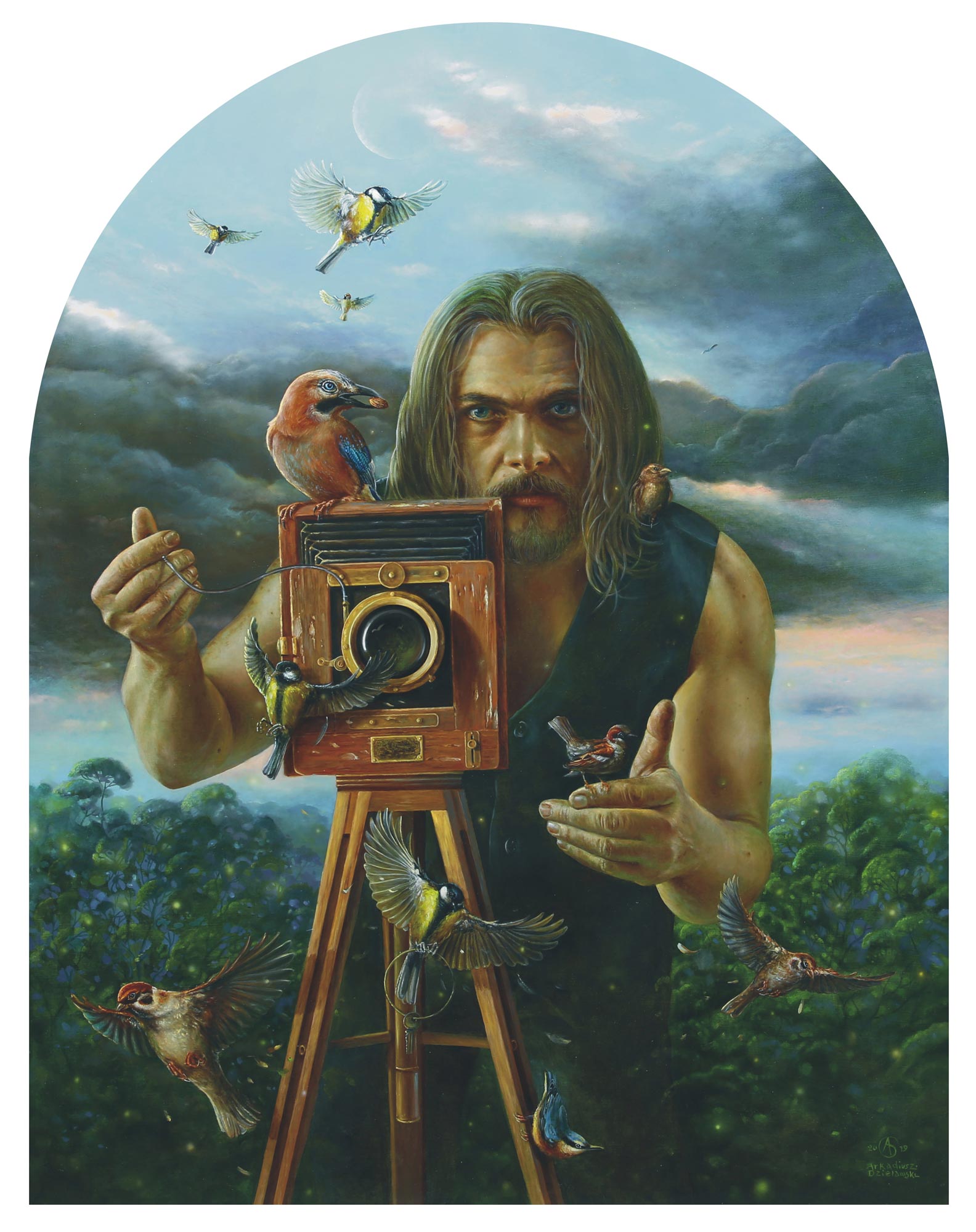
Fotografer – oil on panel, 116 x 90 cm, 2019
About the Author: Art Éclat
Related posts
New painting by Arkadiusz Dzielawski
Happy New Year
“Once Around the Halo” – poetry book with paintings by Tomasz Alen Kopera
New Painting by Tomasz Alen Kopera – “One Cent”
Tomasz Alen Kopera and his Limited Editions
New painting by Siegfried Zademack
Charity for support of Wroclaw Hospice for Children
“Back to Nature” – exhibition of works by Tomasz Alen Kopera
Meeting with Tomasz Alen Kopera
New painting by Arkadiusz Dzielawski – “Portal XI”
Meeting with Arkadiusz Dzielawski and Mariusz Chrząstek
Christmas wishes 2018
Charity Auction – The Great Orchestra of Christmas Charity 2022
Project “Metamorfoza”
Visiting the Exhibition of paintings by Zdzisław Beksiński
Wywiad z Arkadiuszem Dzielawskim – Magazyn “Artysta i sztuka” 2020
Arkadiusz Dzielawski in Paris Grand Palais
Meet Anna Kopera
Siegfried Zademack Exhibition in Bremen
Arkadiusz Dzielawski – EXHIBITION
Introducing Arkadiusz Dzielawski
Siegfried Zademack – Exhibition 12 May 2023
The exhibition “Polish Contemporary Art: Surrealism & Magic Realism” in Desa Unicum
New Painting by Arkadiusz Dzielawski – Portal XII
Exhibition “Dreamscapes” edition 6
Expo Targira-art & main exhibition of paintings by Tomasz Alen Kopera
Creation process in progress
Christmas wishes 2021
Easter wishes 2019
FANTASY ART AUCTION – June 2022
Meeting Lukas Kandl
Upcoming “Fantasy Art Auction” – 27 Nov 2021
TR4 – “Tribute to Old Masters”
Paintings & Music – Arkadiusz Dzielawski & Lomabrd band
Great art can be truly inspiring
Licence for the use of art by Tomasz Alen Kopera
New Painting by Arkadiusz Dzielawski – Portal XIV
“Escape from Heaven” by Nelly Molnar
Upcoming Fantasy Art Auction
New video – “Portal XVII” by Arkadiusz Dzielawski
Tomasz Alen Kopera – exhibition in New York
New Video – Oil Paintings by Tomasz Alen Kopera
The Great Orchestra of Christmas Charity 2020
New Year 2022
New painting by Tomasz Alen Kopera
Exhibition “Back to Nature” by Tomasz Alen Kopera
Siegfried Zademack – artysta wizjoner
New Painting – „Little sleep” by Siegfried Zademack
Tomasz Alen Kopera – EXHIBITION
Visiting Re-Art Fine Art Printing & Editions
New artwork by Tomasz Alen Kopera
New Painting by Tomasz Alen Kopera – C022
Meeting Tomasz Alen Kopera in Krakow
Meeting with Arkadiusz Dzielawski
New painting by Tomasz Alen Kopera – DR01
“Fantasy Art Auction” – 16 Feb 2022
Fantasy Art Auction – November 2022
New Year wishes for 2020
Siegfried Zademack – visionary artist – English Version
Painting “Koh i noor” by Arkadiusz Dzielawski
Exhibition “The Pre-Raphaelites” – Arkadiusz Dzielawski
Tattoo with painting by Tomasz Alen Kopera
Exhibition „KOBIETA -współcześni artyści i artystki pamięci Anny Bilińskiej”
New painting by Tomasz Alen Kopera – D020
Tomasz Alen Kopera in TV
Christmas wishes 2022
New painting by Tomasz Alen Kopera – DR02
New Year wishes for 2019
Tomasz Alen Kopera – Exhibition in Dublin
Our Story – Historia Galerii Artéclat
Opening of the Exhibition ““MAGICAL DREAMS VII”
New painting “Portal XVII – Spring” by Arkadiusz Dzielawski
New Year 2018 wishes
Charity Auction – The Great Orchestra of Christmas Charity 2024
Magical Art. Surrealism and Magic Realism 7 June 2022
Peace for Ukraine
Exhibition ““MAGICAL DREAMS VII”
New Painting by Tomasz Alen Kopera
Catalogue with paintings by Tomasz Alen Kopera
Exhibition “Magical Dreams IV” in Wroclaw
Christmas wishes 2019
Exhibition “Duality” – Tomasz Alen Kopera
Tomasz Alen Kopera in Warsaw – EXHIBITION
Beksiński in Warsaw – visiting exhibition
New painting by Tomasz Alen Kopera
The Great Orchestra of Christmas Charity 2019
Anthropocene
New painting by Tomasz Alen Kopera – M17
Charity Auction – The Great Orchestra of Christmas Charity 2021
Art Book “Dreamscapes” Edition SIX
“Space, time & light” Siegfried Zademack exhibition
New painting “Tribute to Old Masters” is ready
Tomasz Alen Kopera in Warsaw
Charity Auction – The Great Orchestra of Christmas Charity 2023
Exhibition “Into the Woods II”
Christmas wishes 2017
Christmas wishes 2023
Arkadiusz Dzielawski – opening of the EXHIBITION
Charity Auction – The Great Orchestra of Christmas Charity 2024
Way of life inspired by the art of Tomasz Alen Kopera
Upcoming “Fantasy Art Auction” – 19 June 2021
Interview with Tomasz Alen Kopera – January 2019
Happy St. Patrick’s Day
Summer meeting with Tomasz Alen Kopera
The Great Orchestra of Christmas Charity
Exhibition in Dublin of Tomasz Alen Kopera ‘s Art
Artéclat Calendar 2017 with artwork by Tomasz Alen Kopera
Christmas wishes 2020
Meeting with Arkadiusz Dzielawski
Our recent meeting with Tomasz Alen Kopera
“Paradisial Hell I”
Charity Auction in Krakow, November 2015
„Aukcja Sztuki Fantastycznej” – listopad 2020
Visiting Arkadiusz Dzielawski
Expo Targira-art 2019
Siegfried Zademack Exhibition
Tomasz Alen Kopera EXHIBITION
Blog Categories
Recent Posts
- New painting “Portal XVII – Spring” by Arkadiusz Dzielawski February 19, 2024
- Charity Auction – The Great Orchestra of Christmas Charity 2024 January 26, 2024
- Christmas wishes 2023 December 22, 2023
- Anthropocene December 19, 2023
- Charity Auction – The Great Orchestra of Christmas Charity 2024 December 14, 2023
Archives
- February 2024
- January 2024
- December 2023
- October 2023
- September 2023
- August 2023
- July 2023
- June 2023
- May 2023
- April 2023
- March 2023
- January 2023
- December 2022
- November 2022
- October 2022
- September 2022
- June 2022
- May 2022
- April 2022
- March 2022
- February 2022
- January 2022
- December 2021
- November 2021
- October 2021
- September 2021
- August 2021
- July 2021
- June 2021
- February 2021
- January 2021
- December 2020
- November 2020
- October 2020
- September 2020
- July 2020
- June 2020
- May 2020
- February 2020
- January 2020
- December 2019
- September 2019
- May 2019
- April 2019
- March 2019
- January 2019
- December 2018
- October 2018
- September 2018
- August 2018
- June 2018
- May 2018
- April 2018
- March 2018
- February 2018
- January 2018
- December 2017
- November 2017
- October 2017
- September 2017
- August 2017
- June 2017
- May 2017
- February 2017
- January 2017
- December 2016
- November 2016
- August 2016
- July 2016
- May 2016
- March 2016
- February 2016
- November 2015
- October 2015
- August 2015
- June 2015
- March 2015
- November 2014
- September 2014
- June 2014
- May 2014
- March 2014


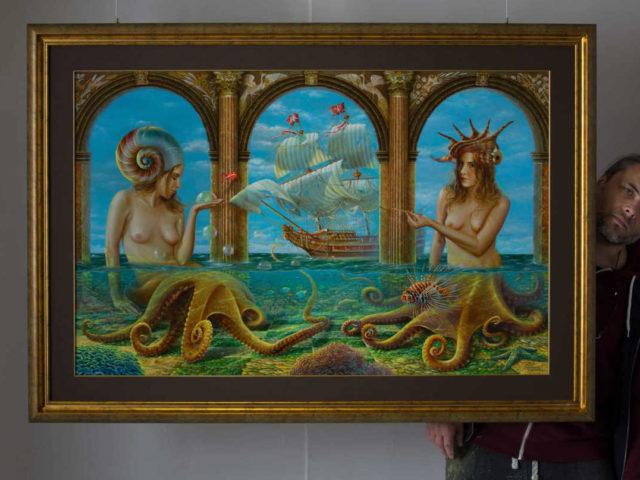
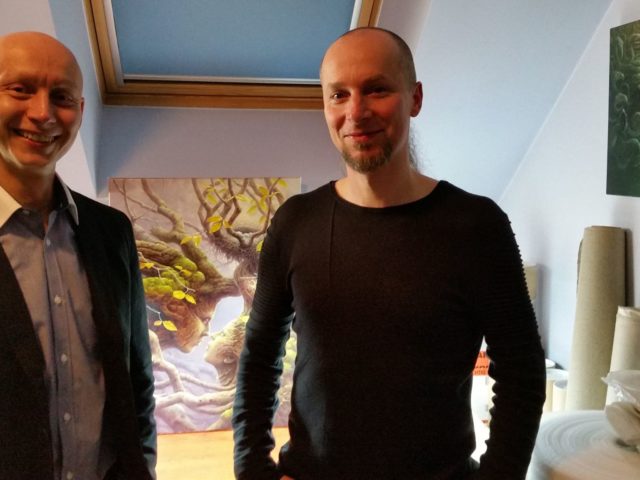
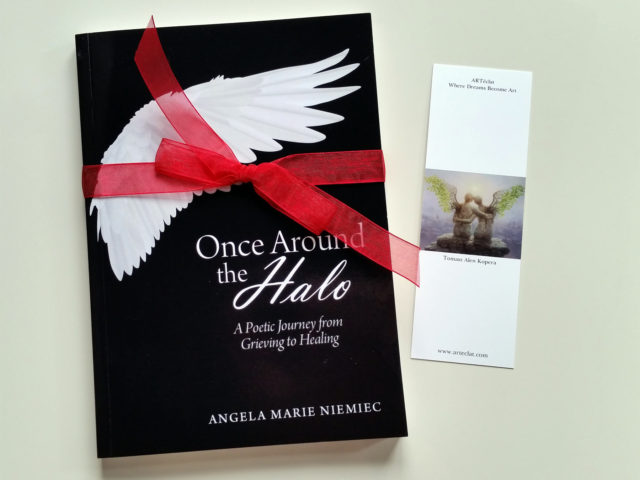
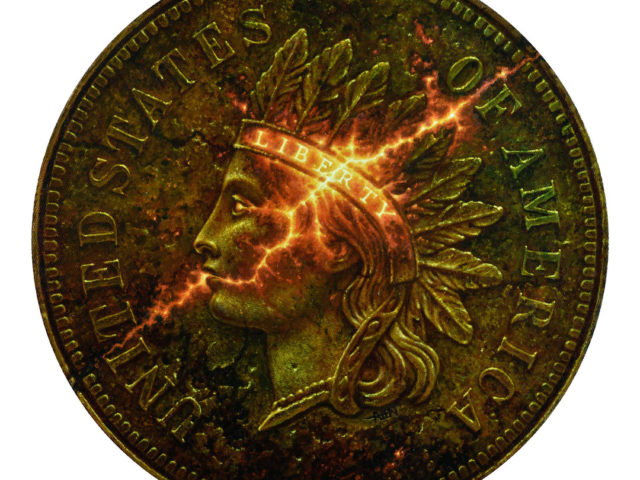
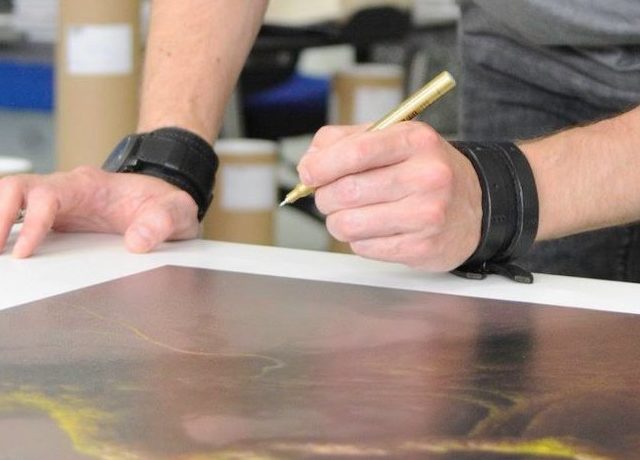
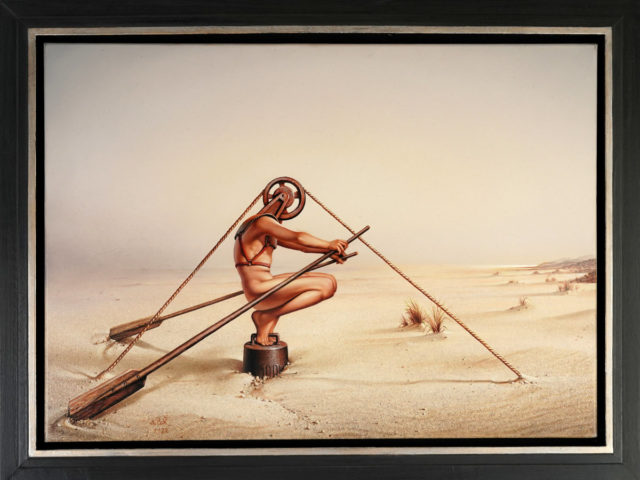
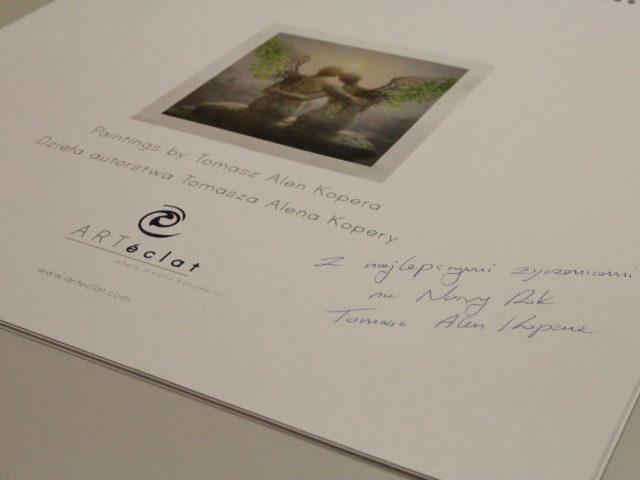
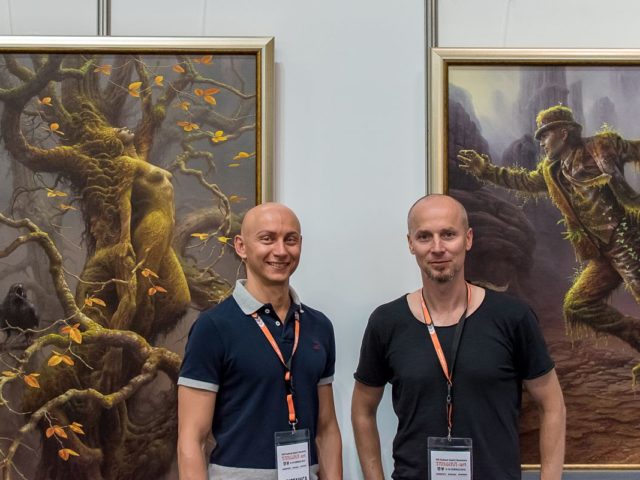
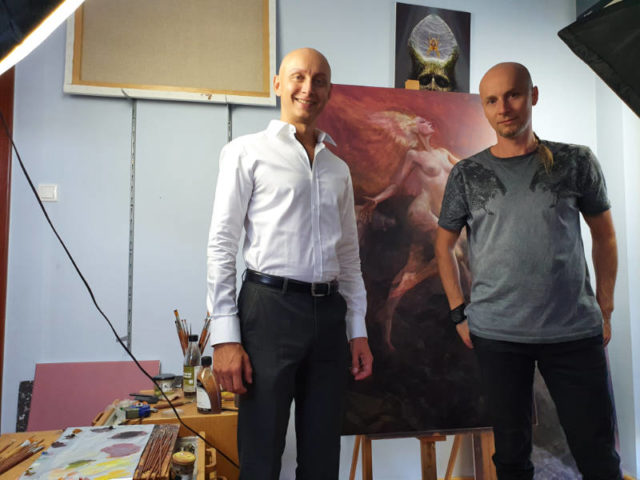
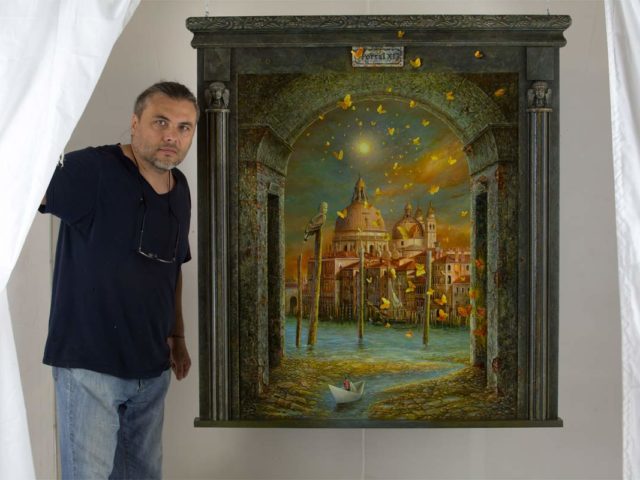
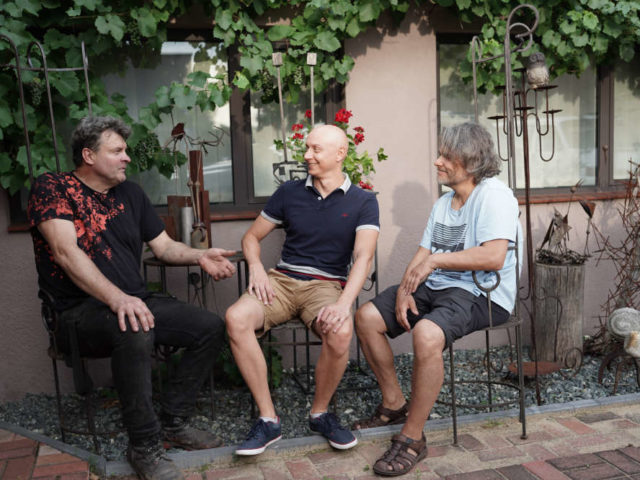
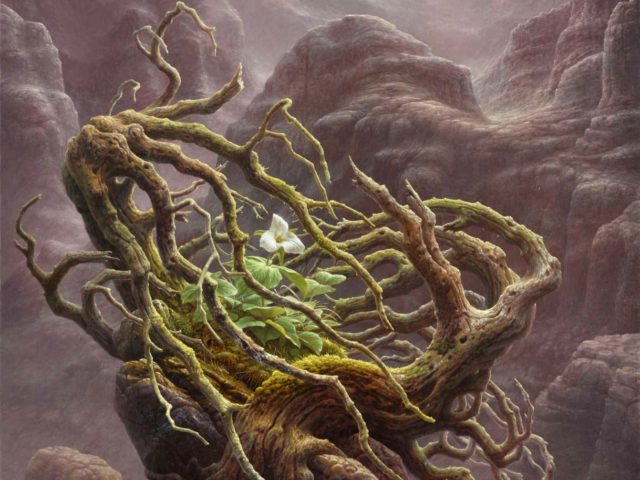

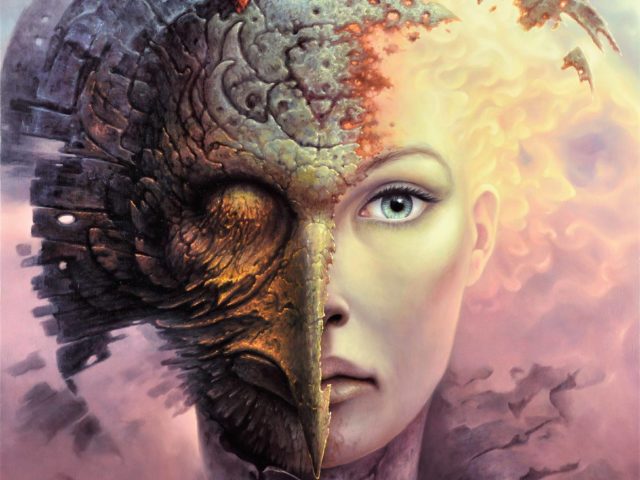
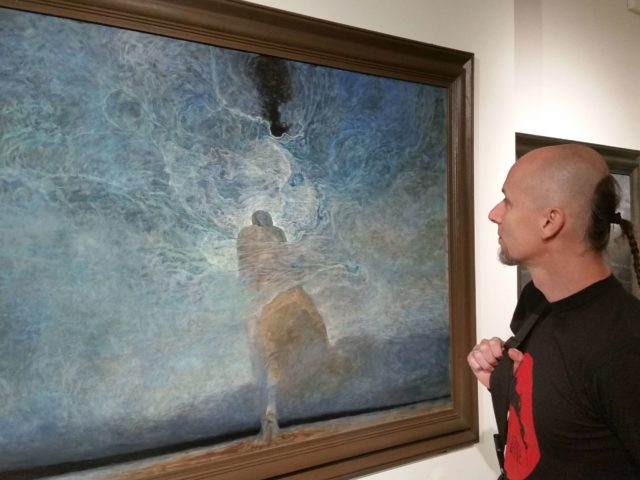
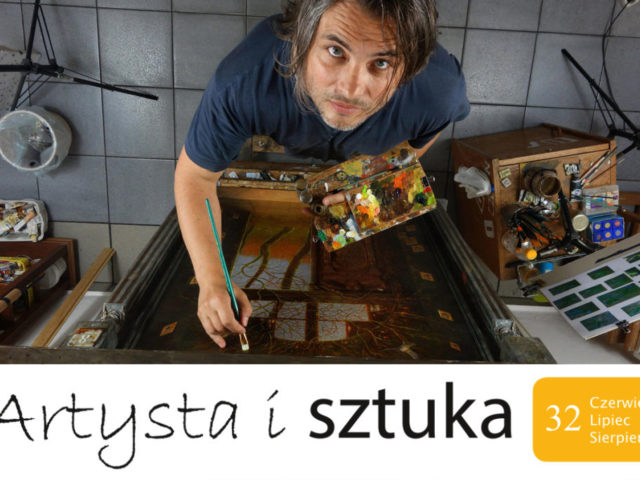
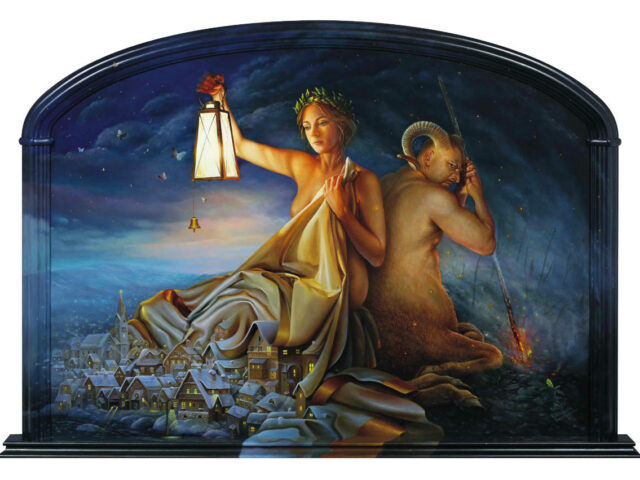
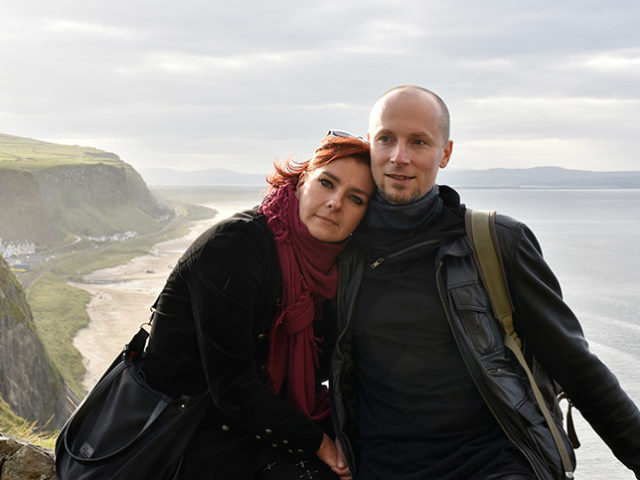
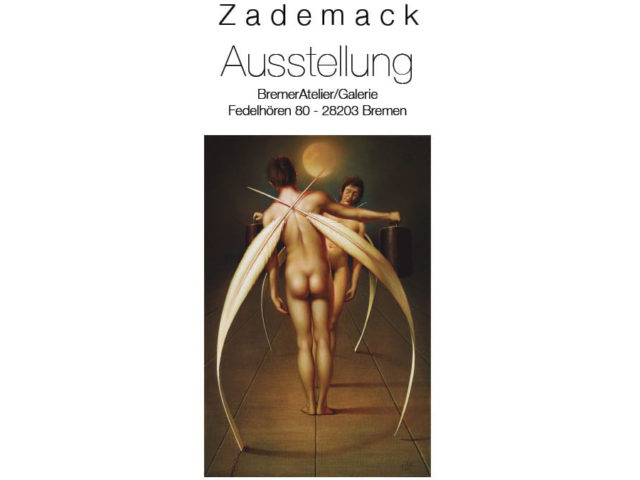
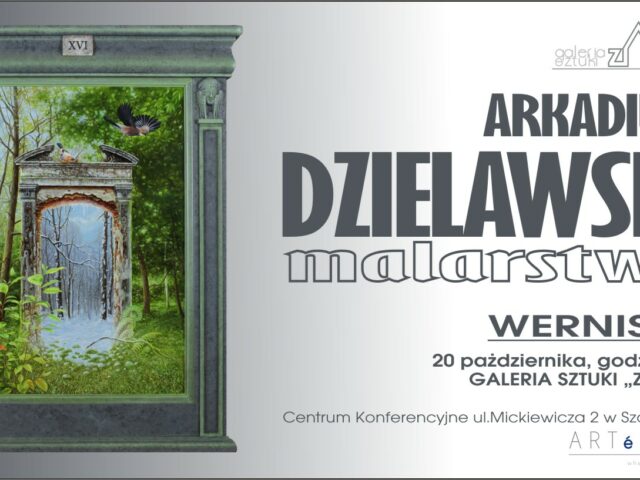
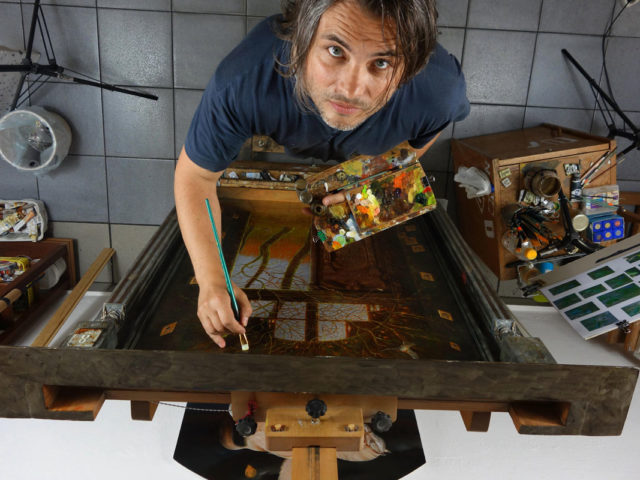
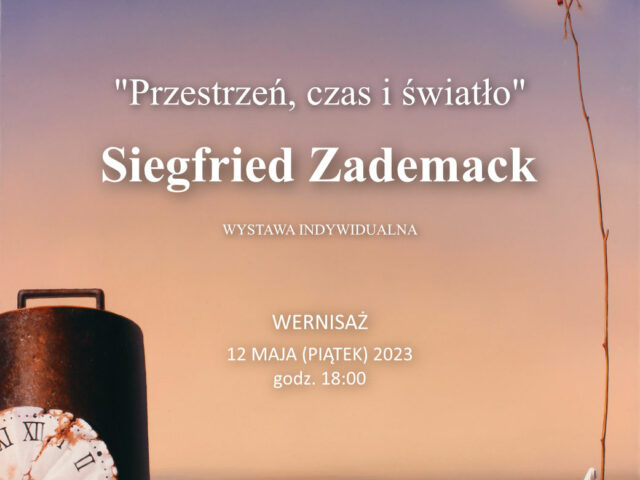
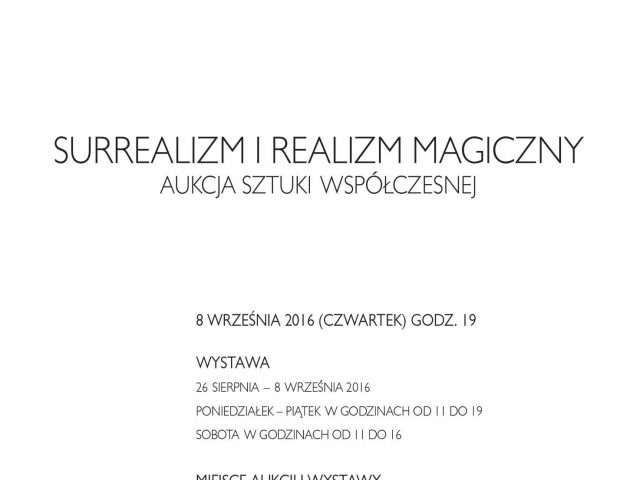
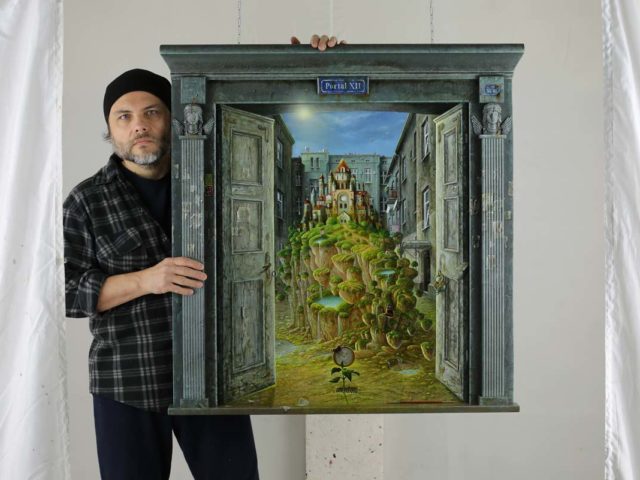
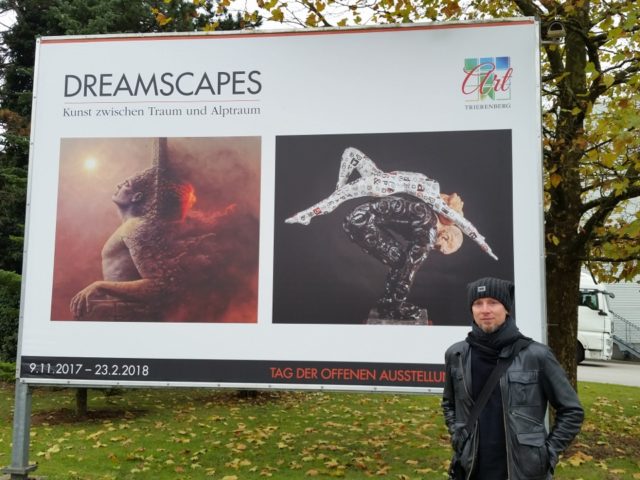
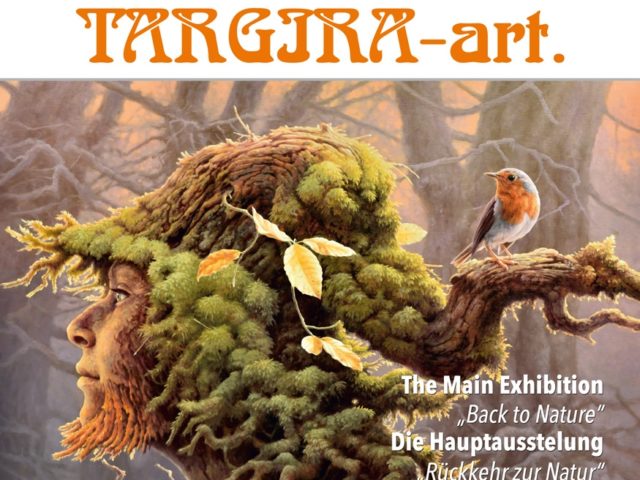
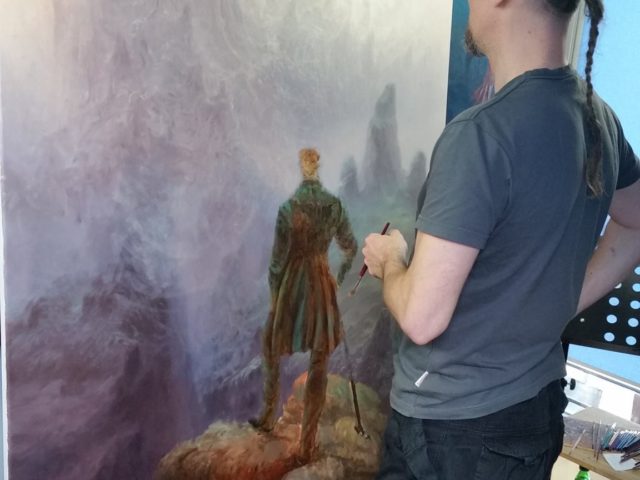
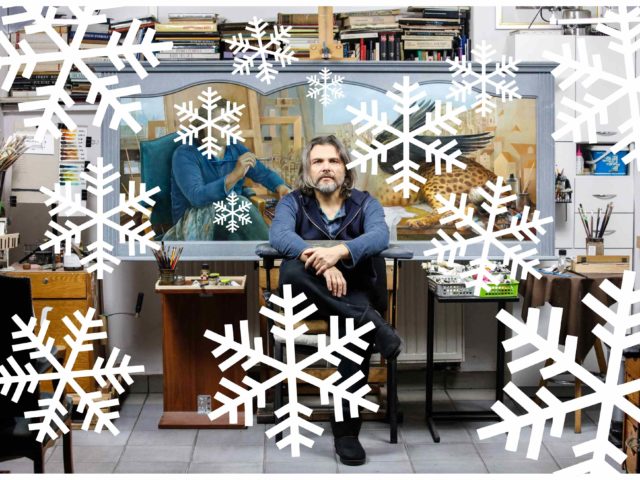
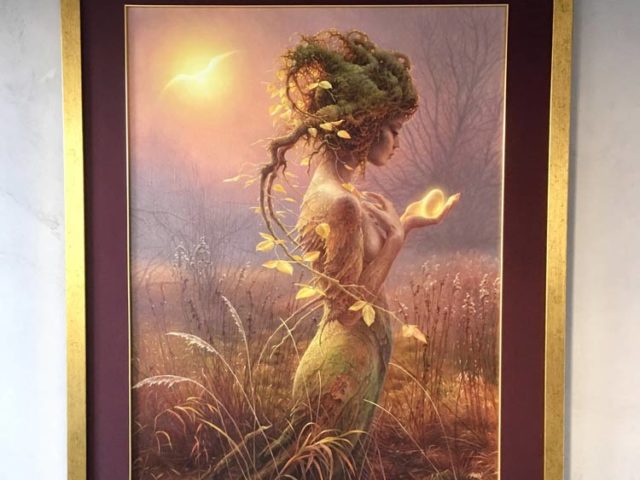
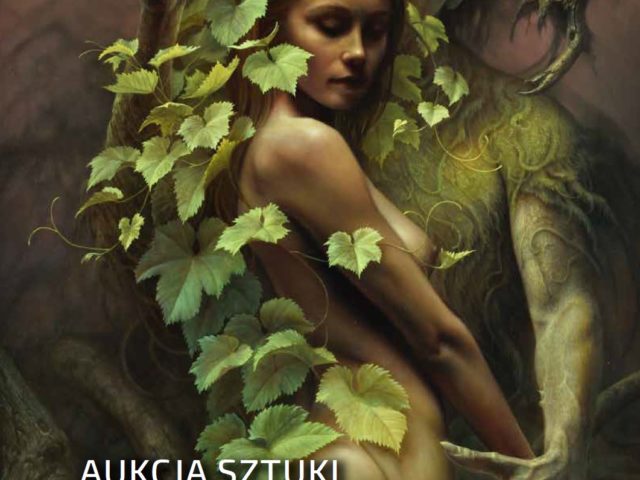
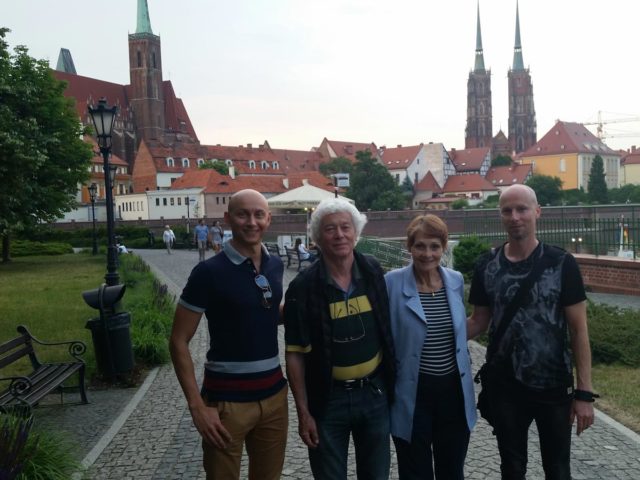
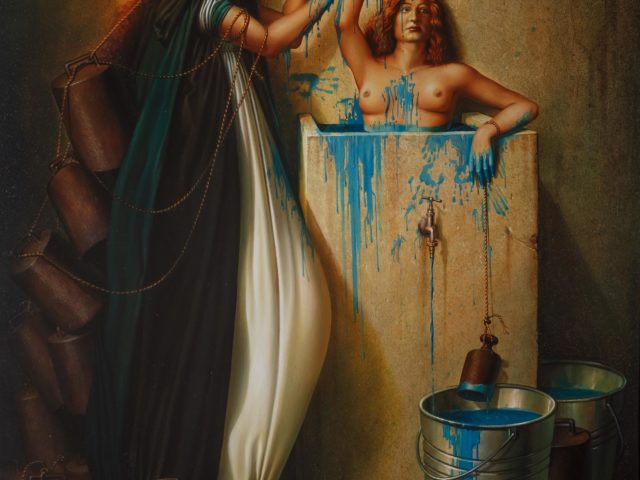
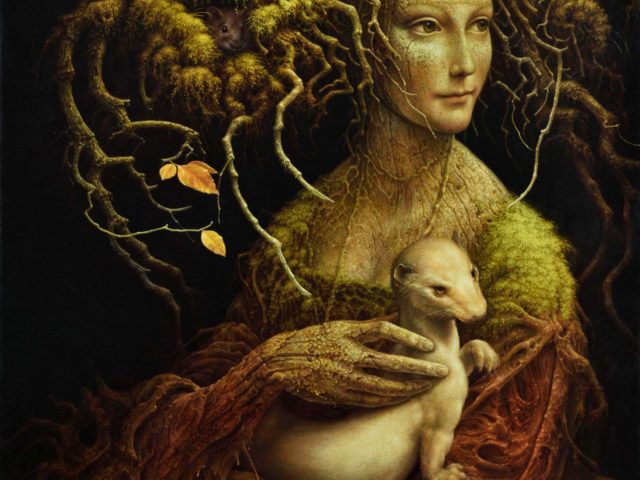
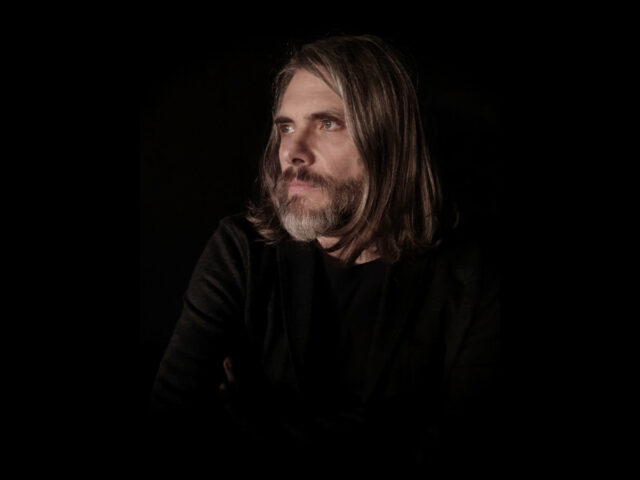

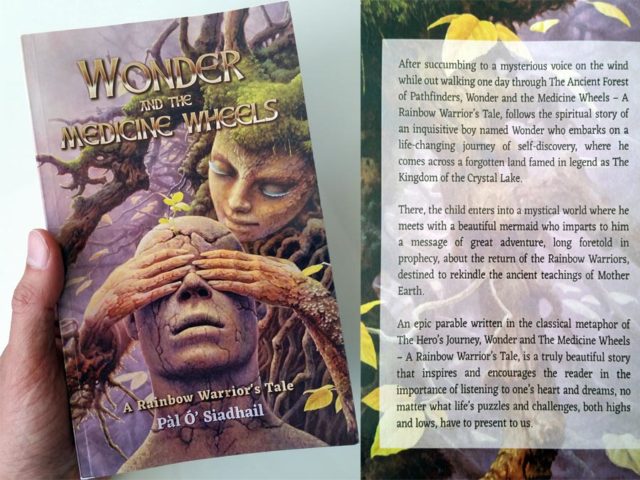
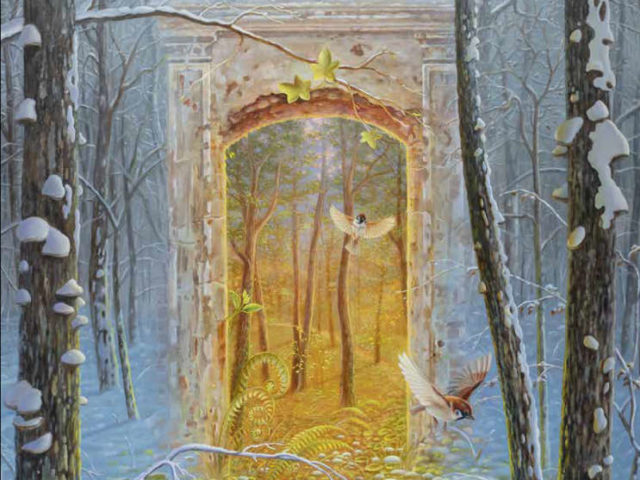
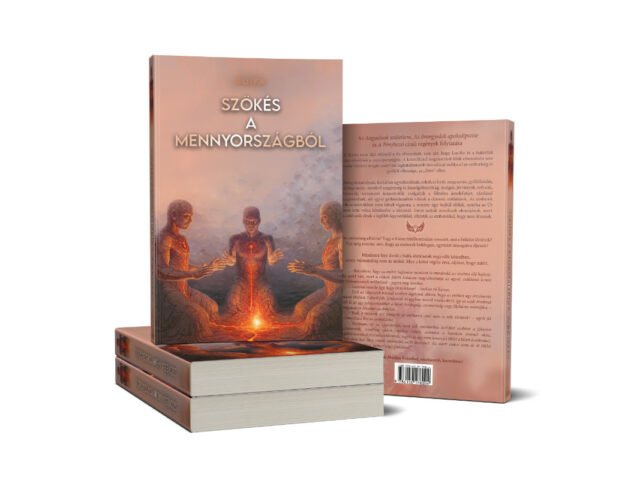
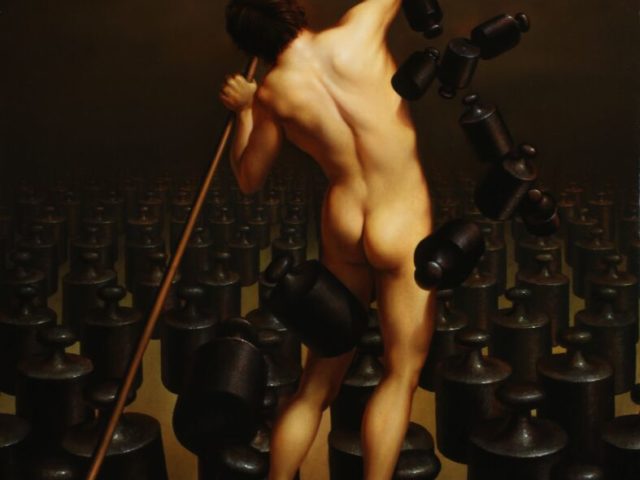
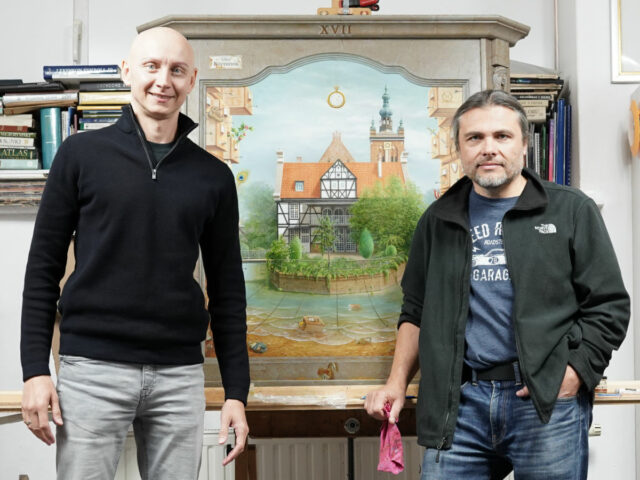
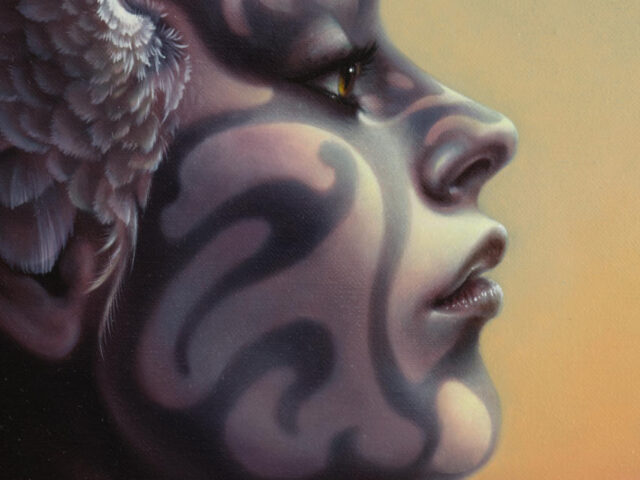

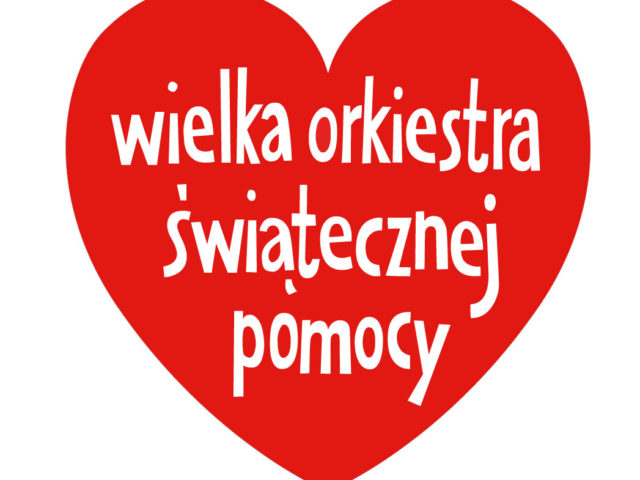
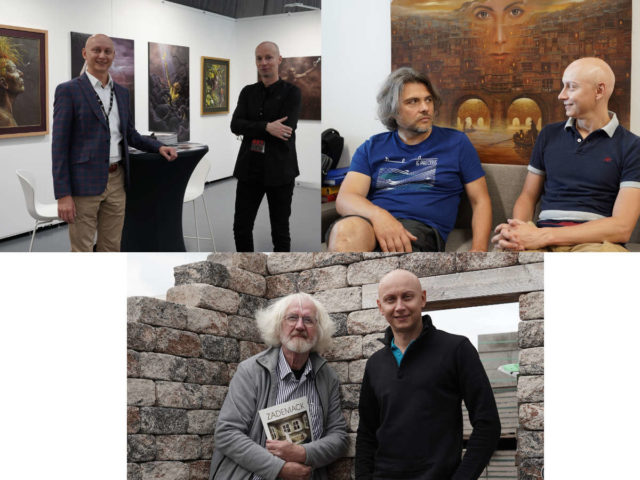
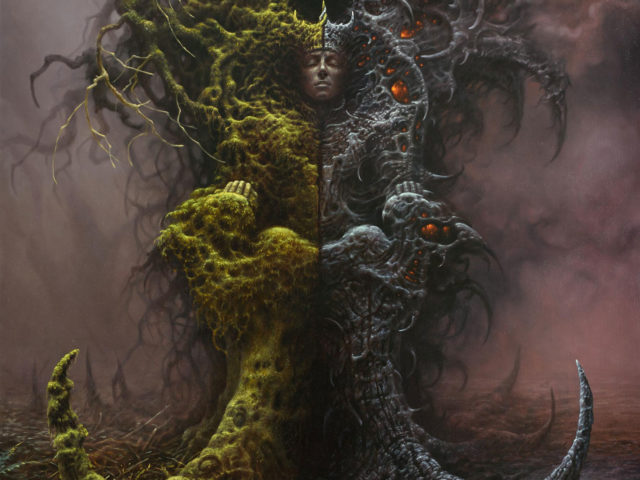
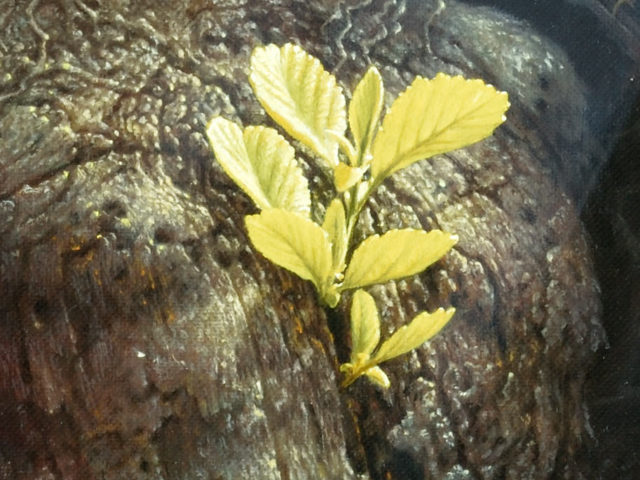
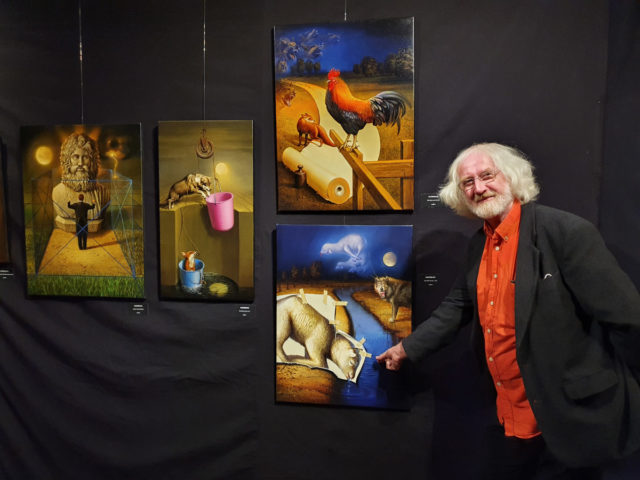
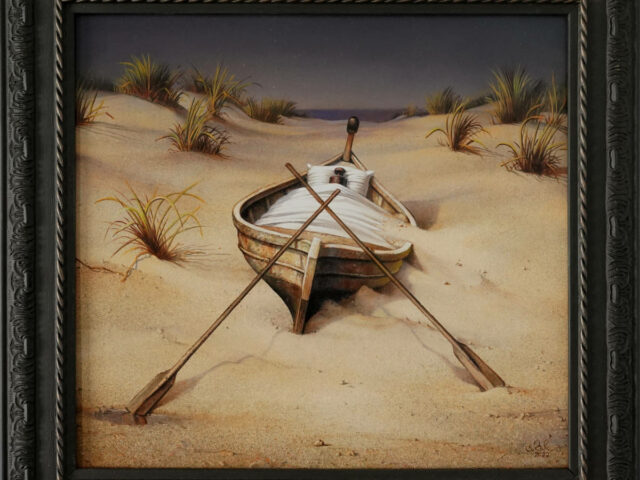
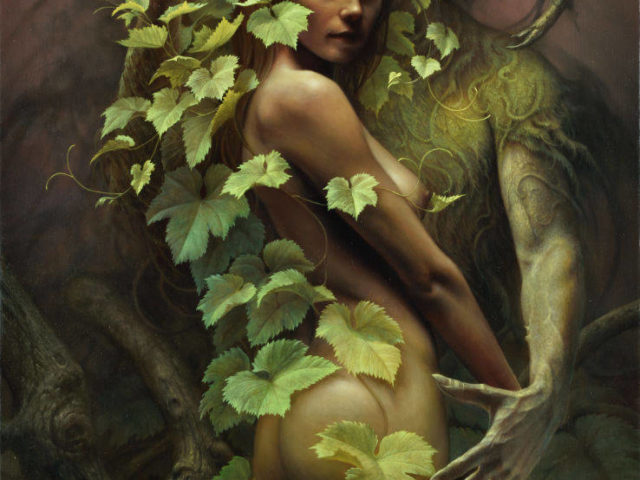
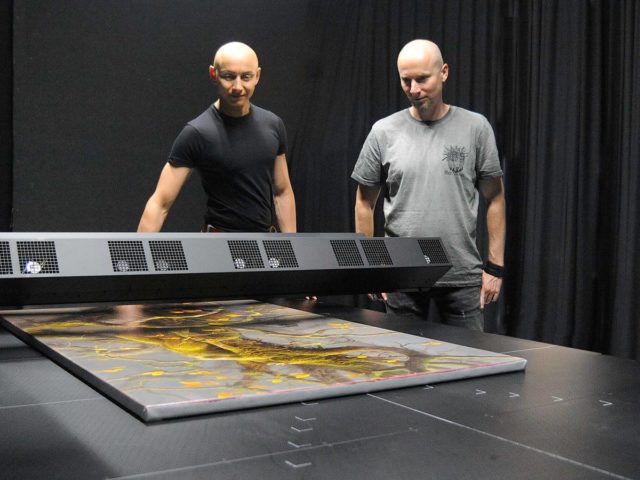
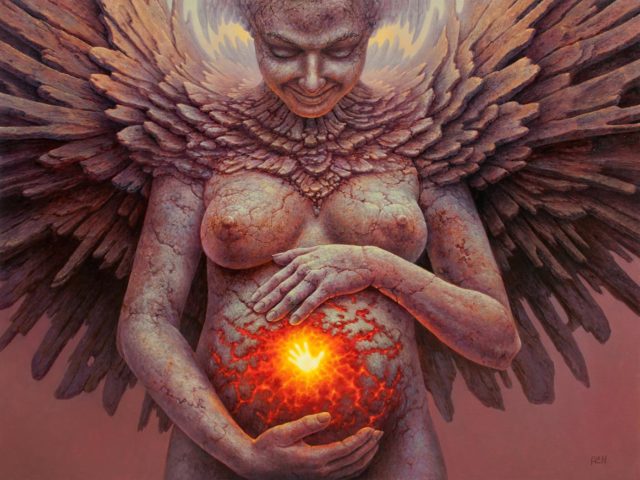
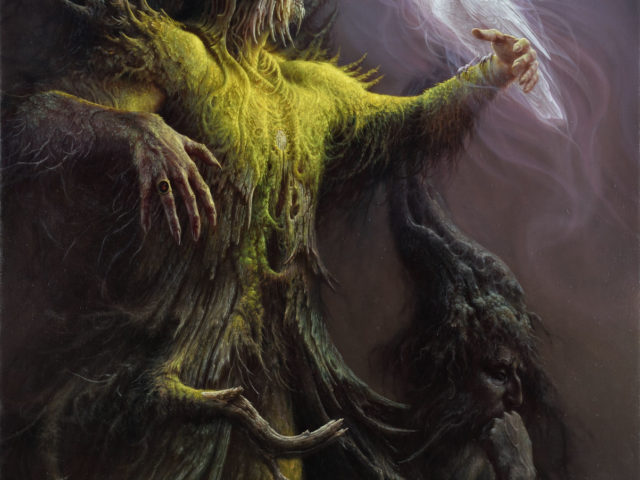
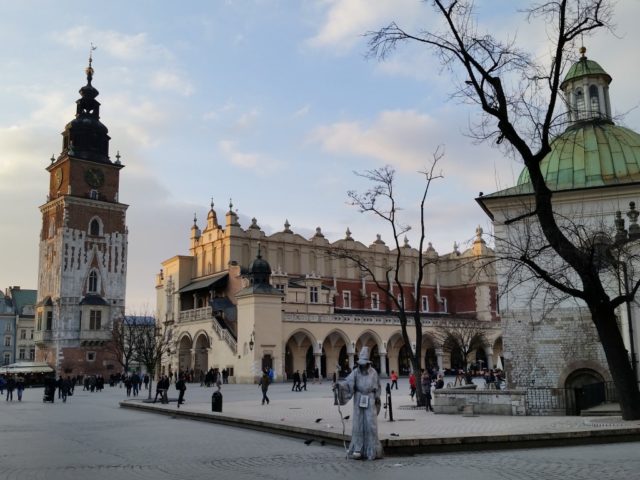

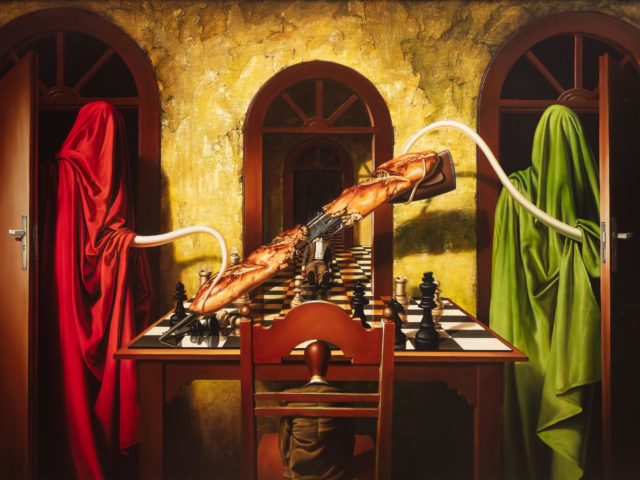
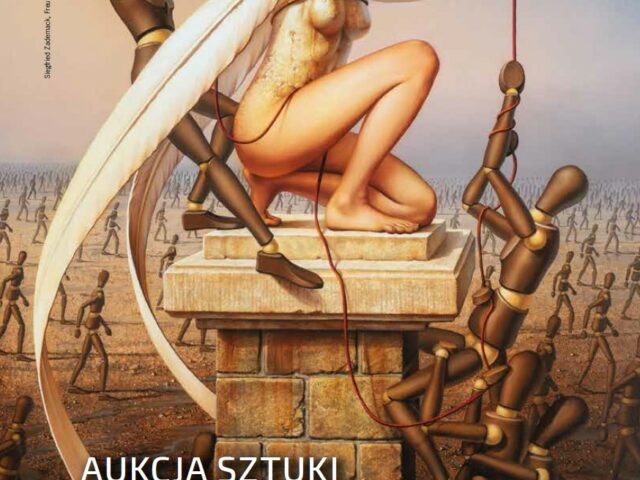

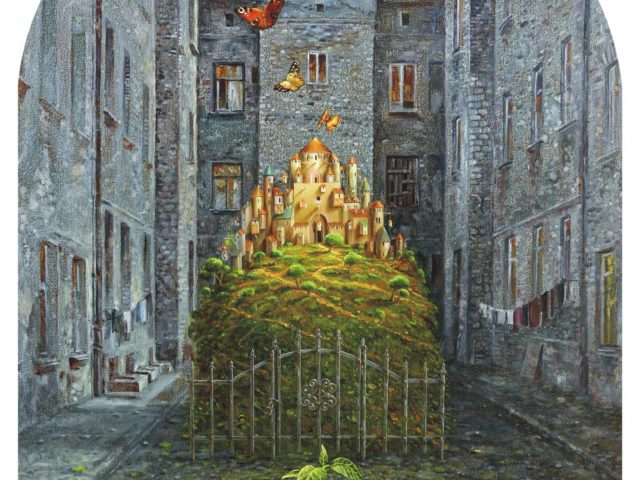
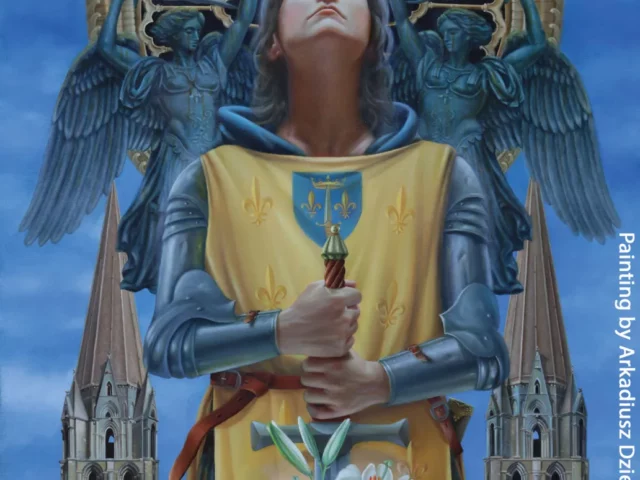
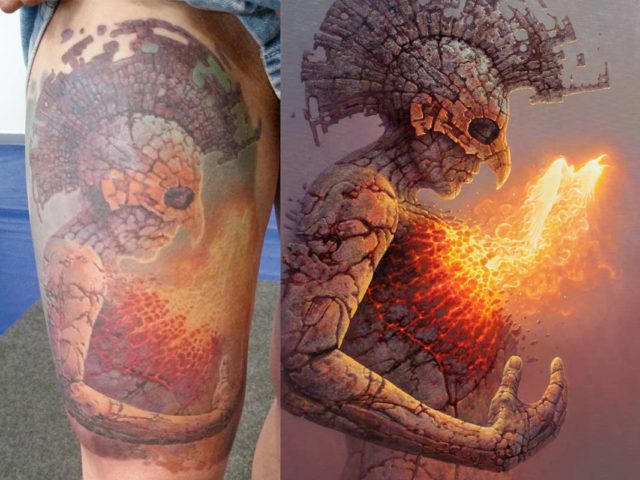
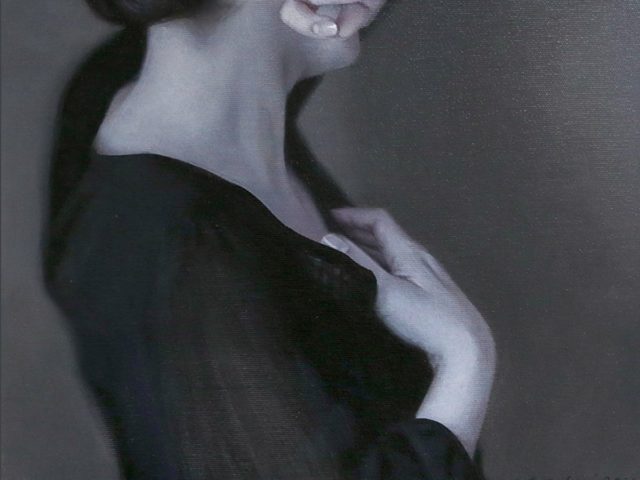
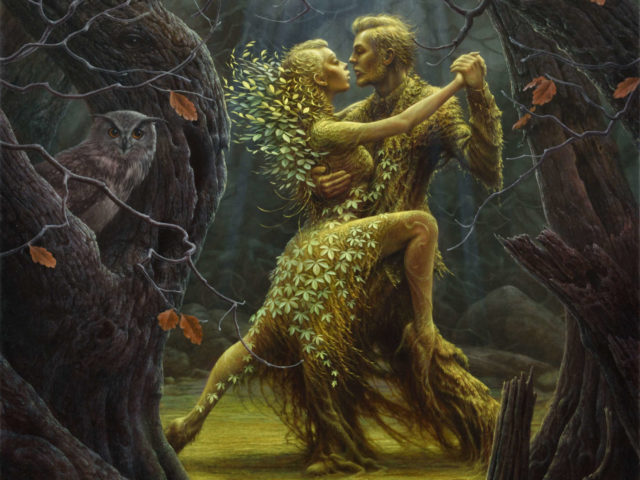
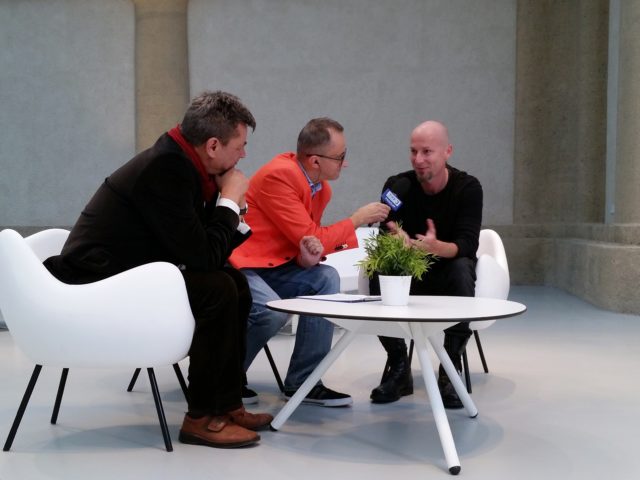
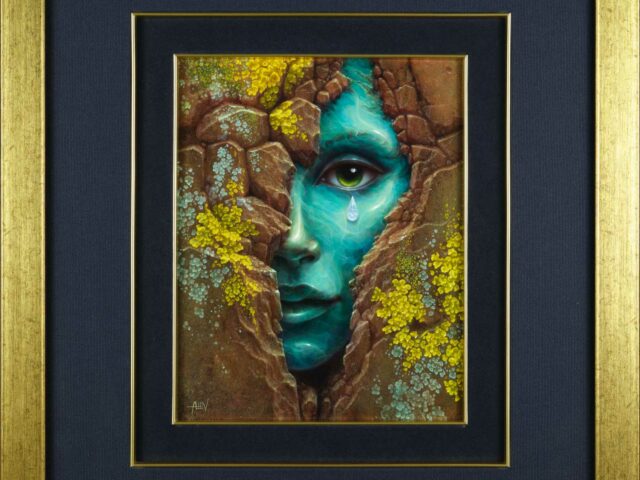
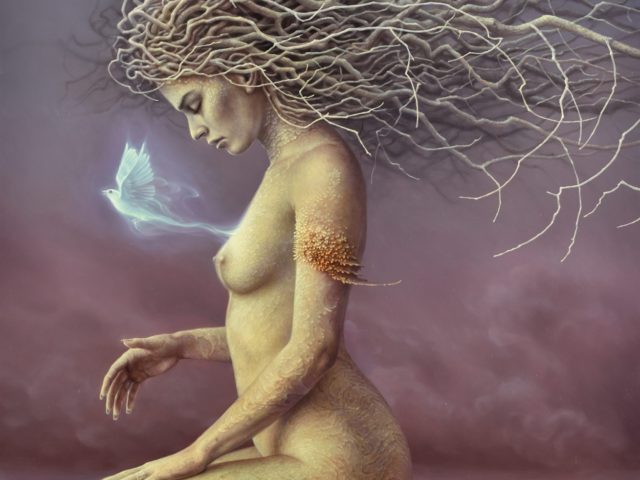
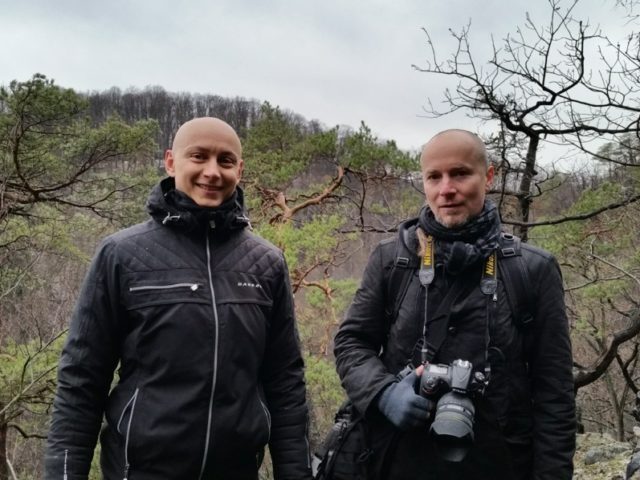
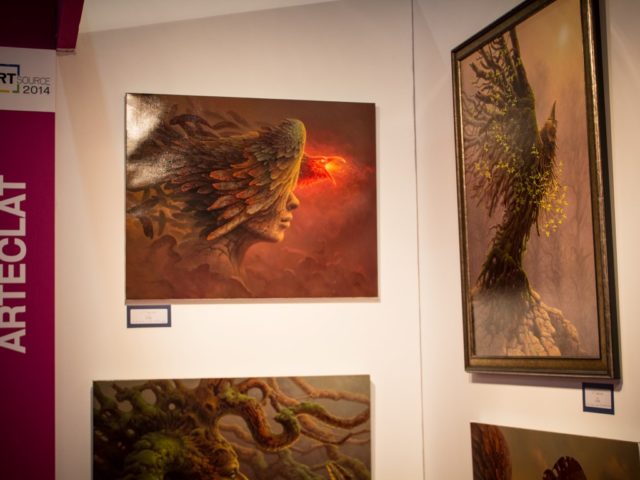
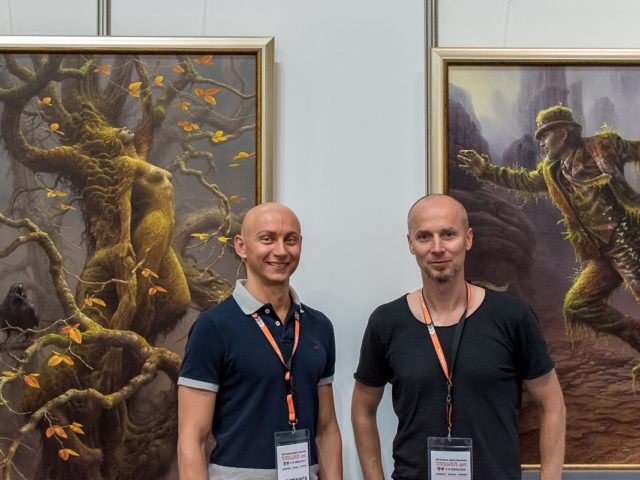
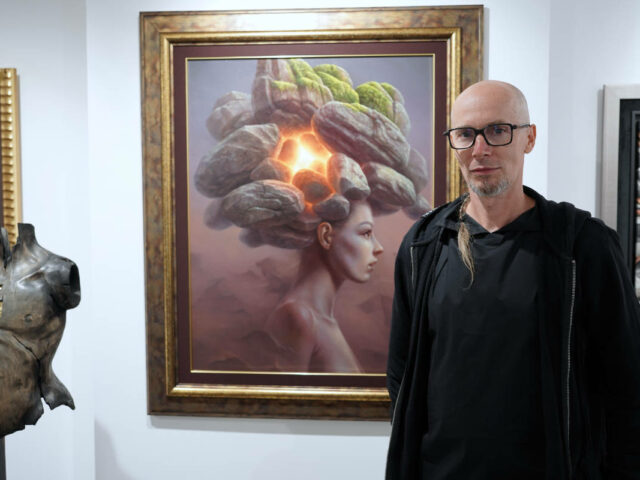
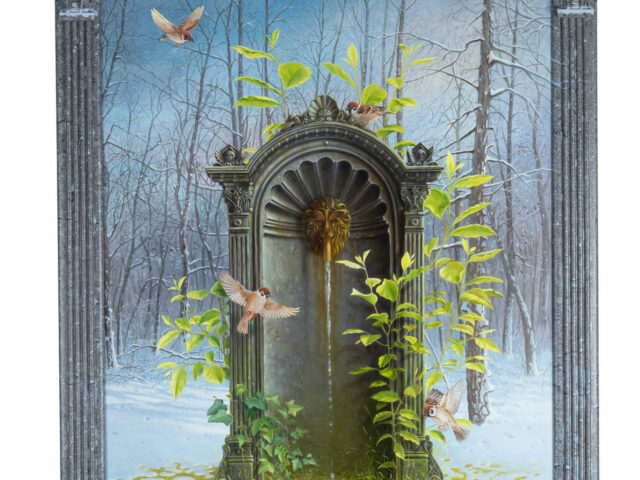
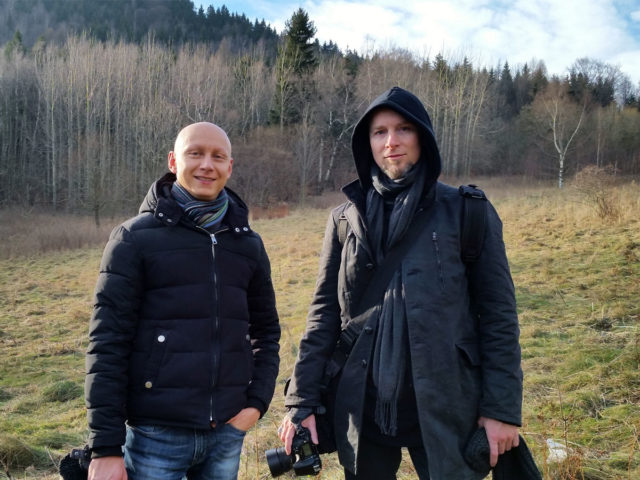
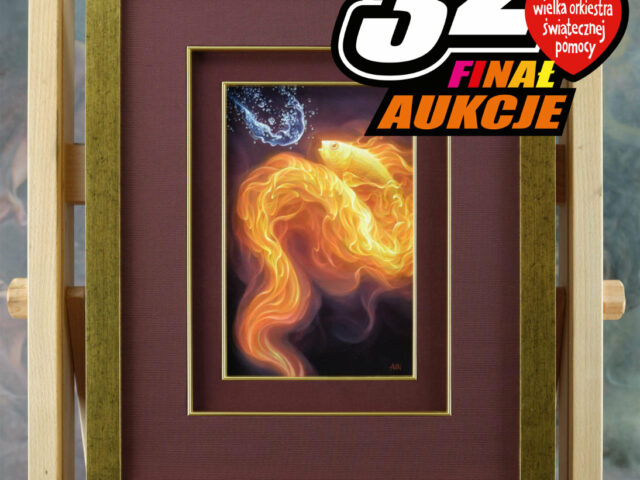
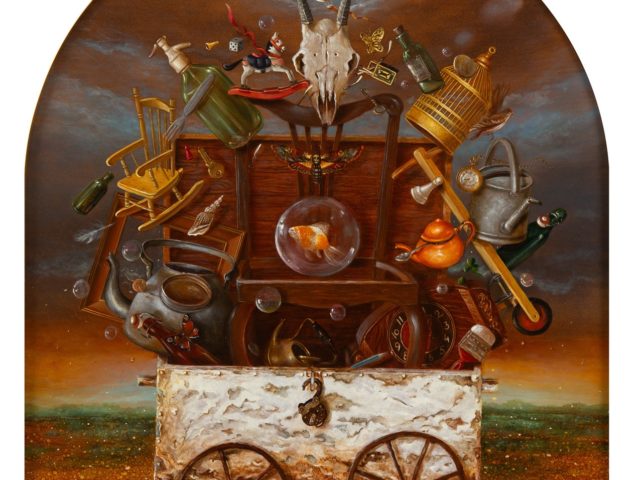
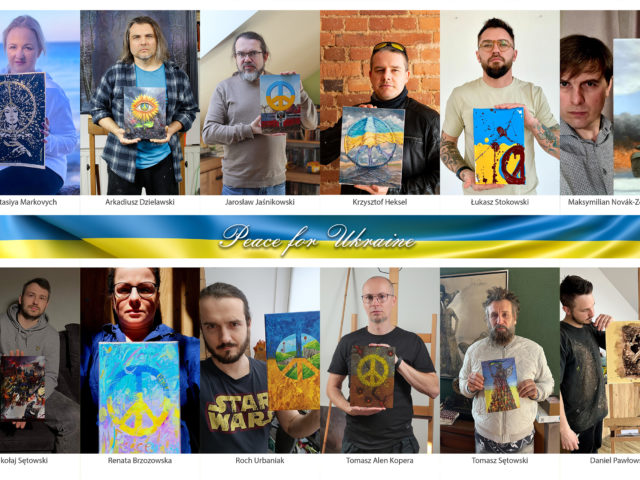
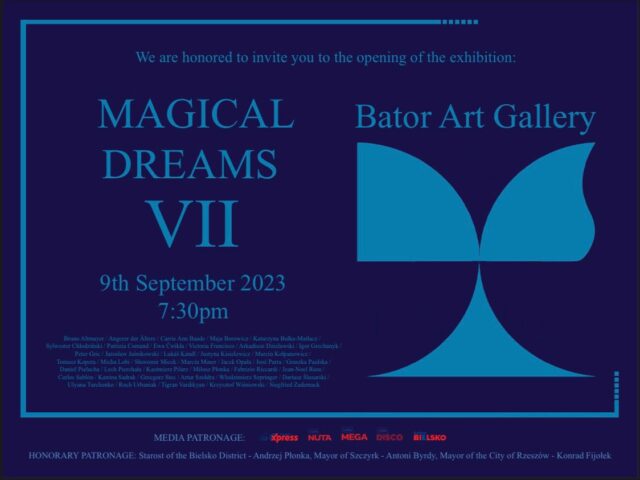
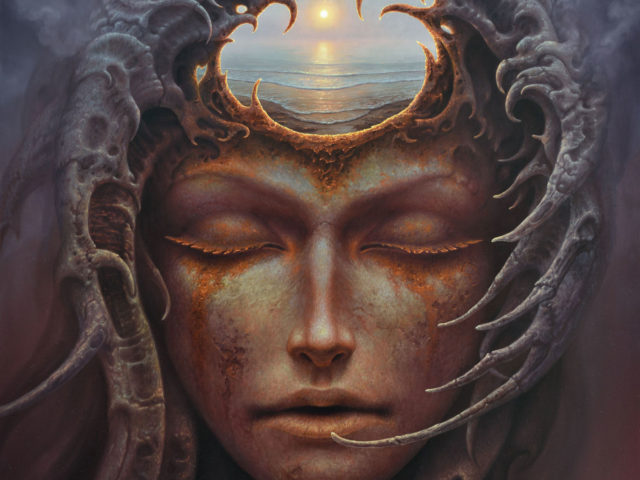
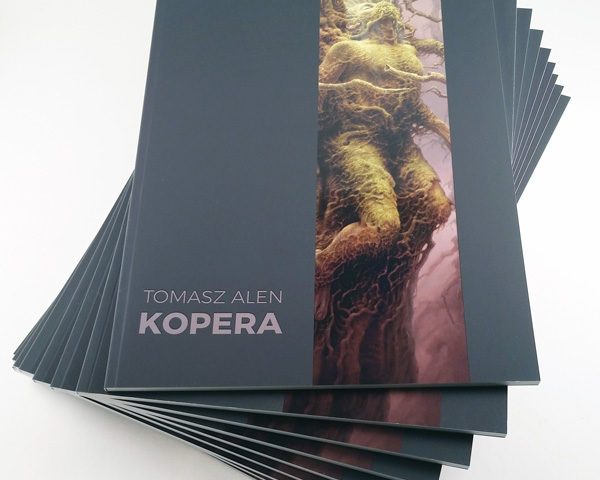
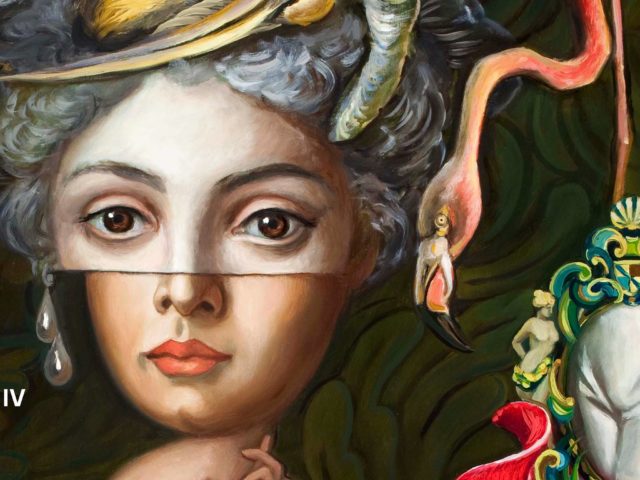
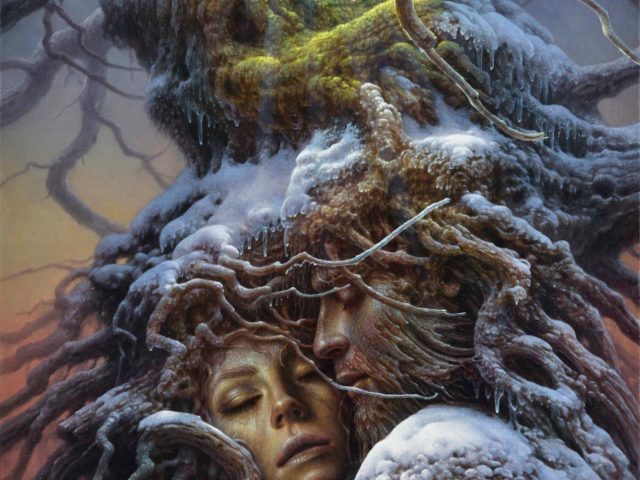
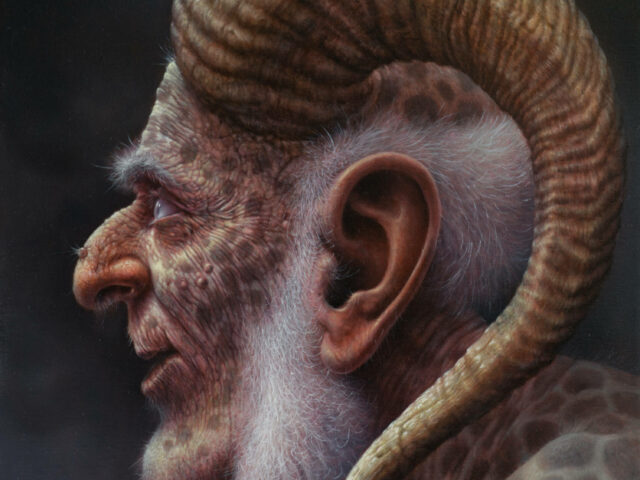
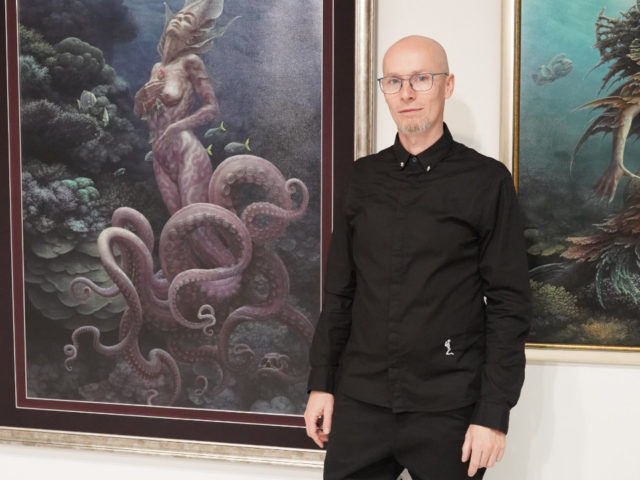
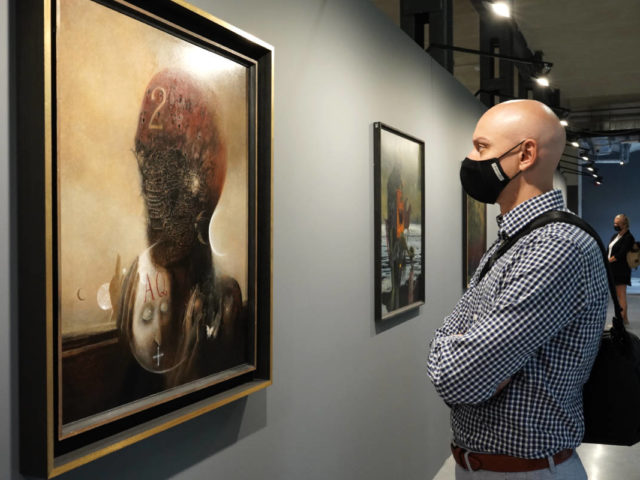
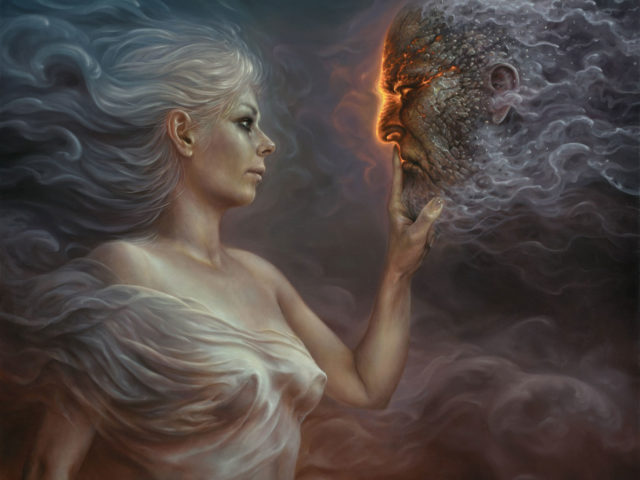
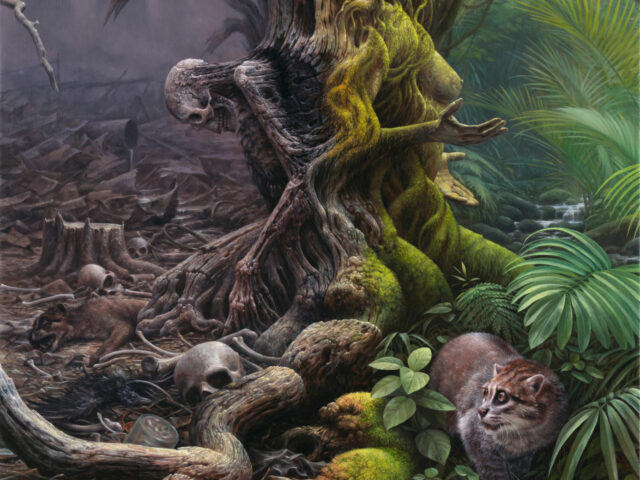
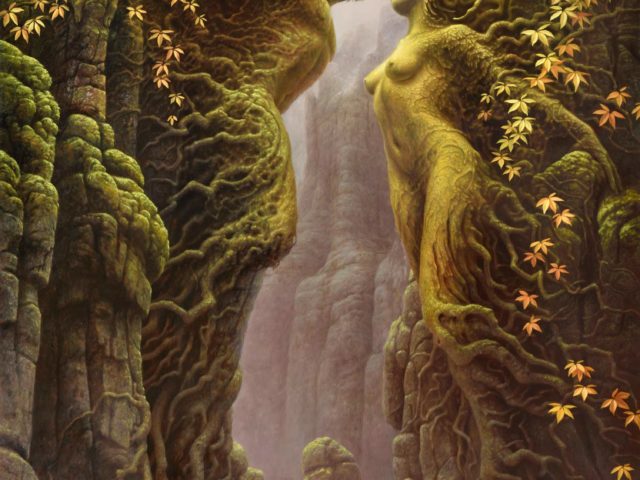
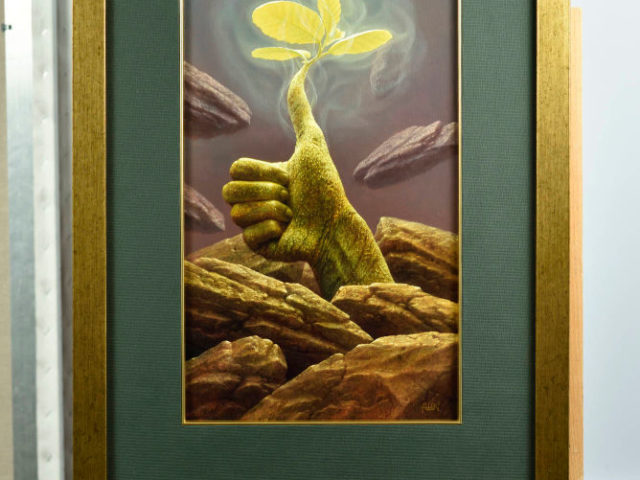

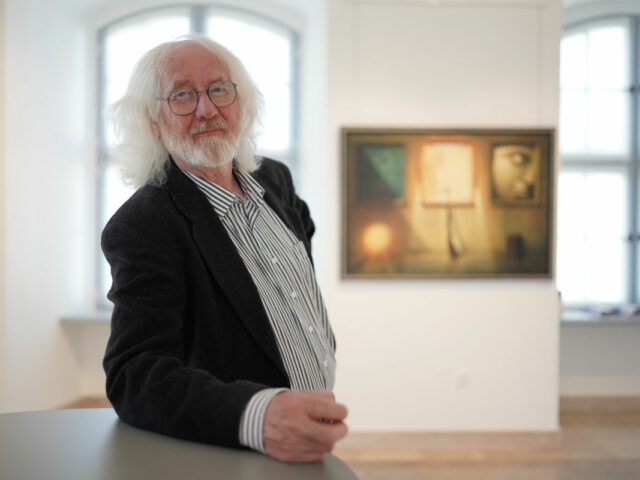
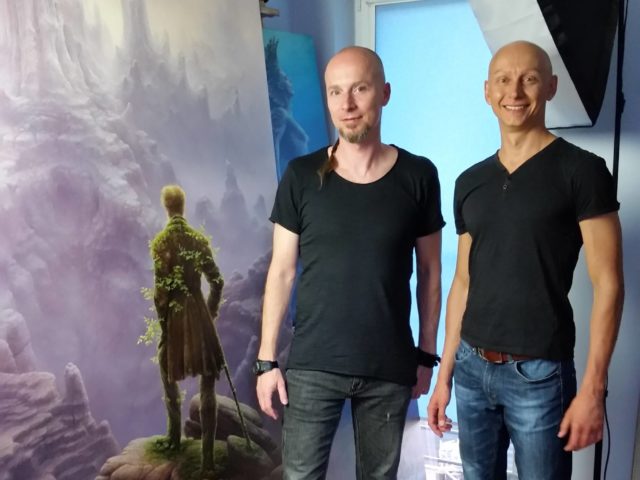
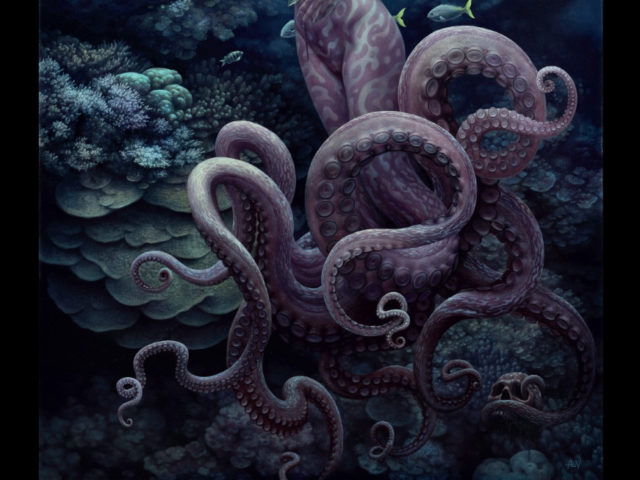
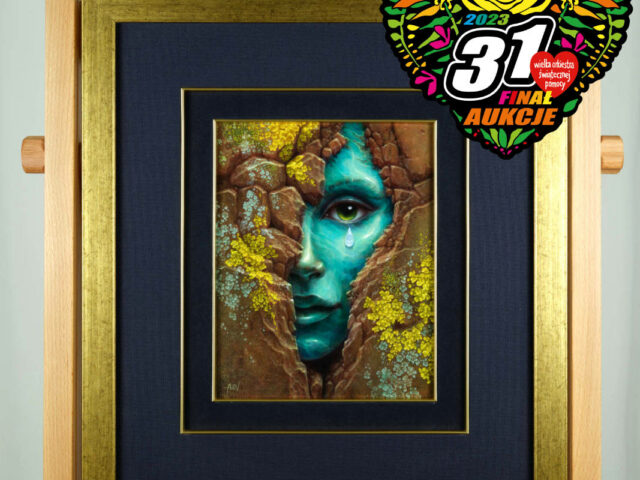
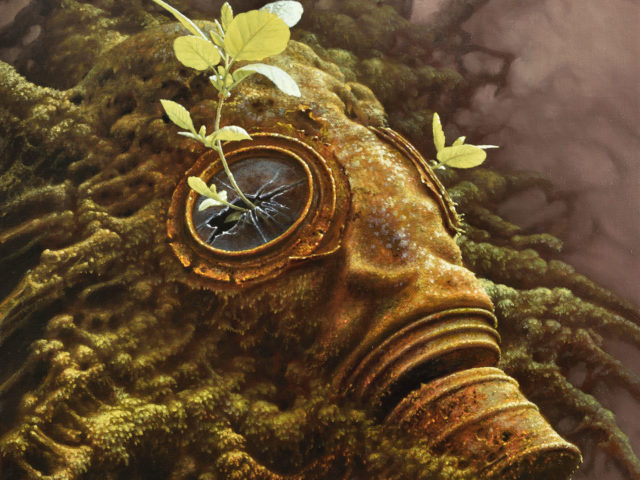
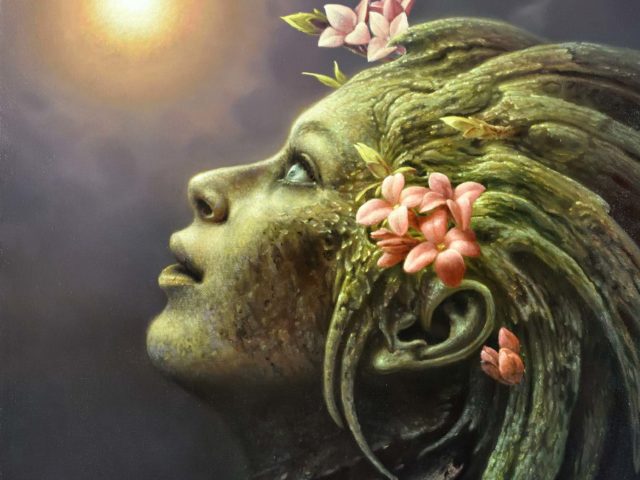
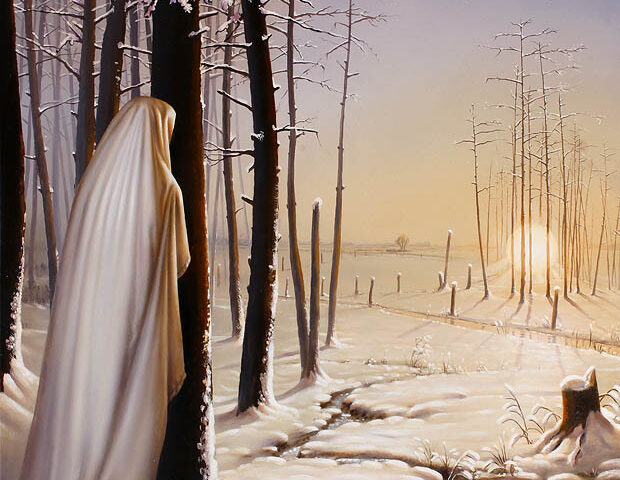
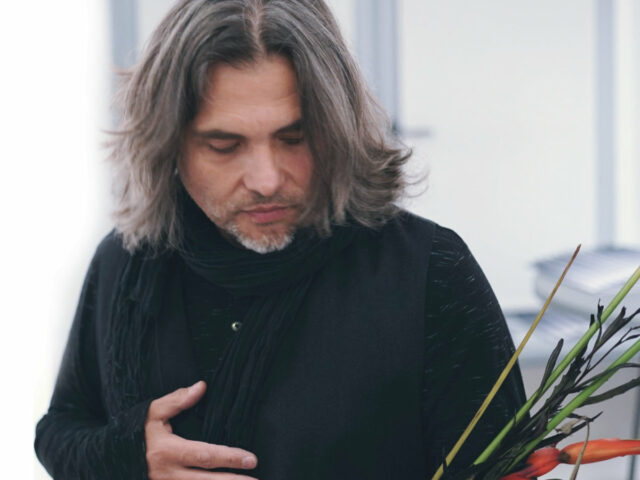
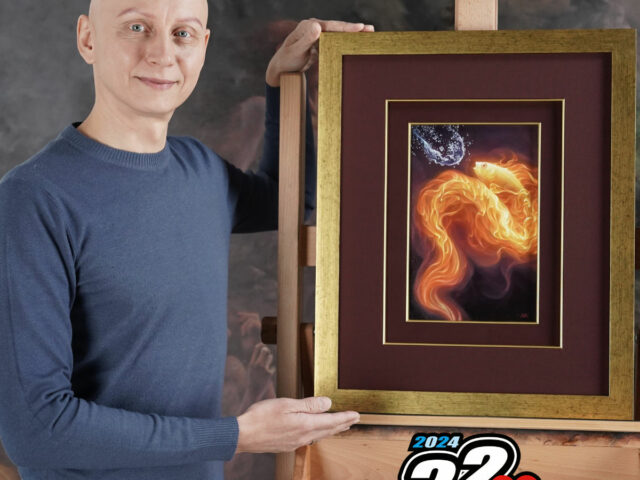
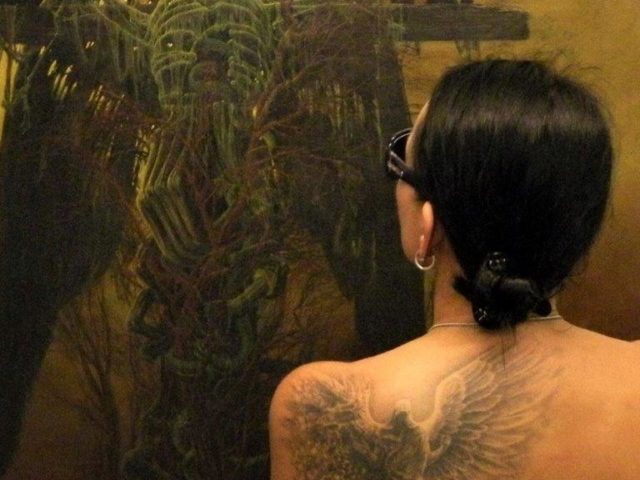
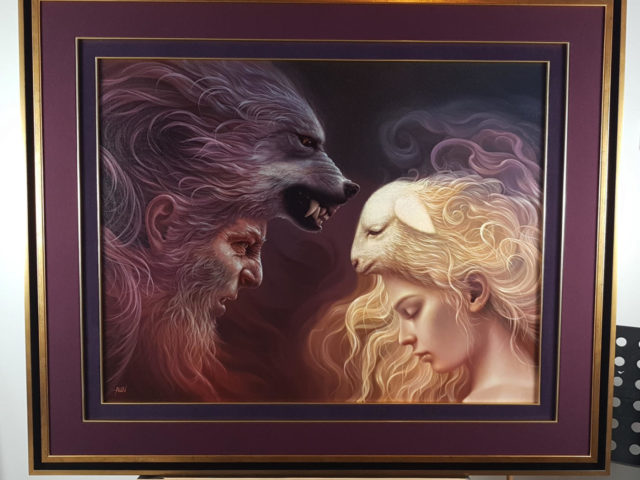
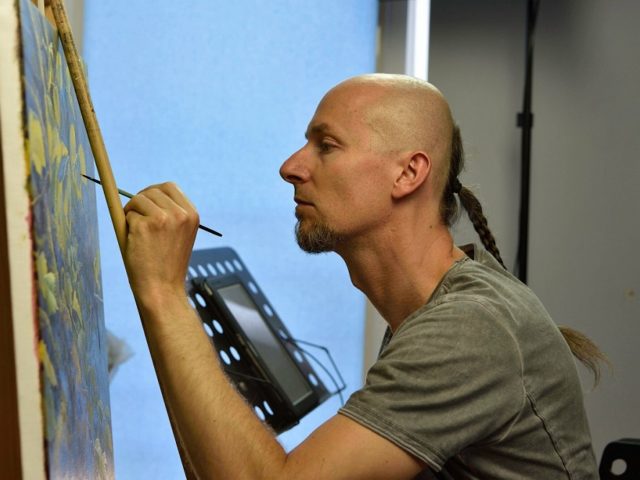
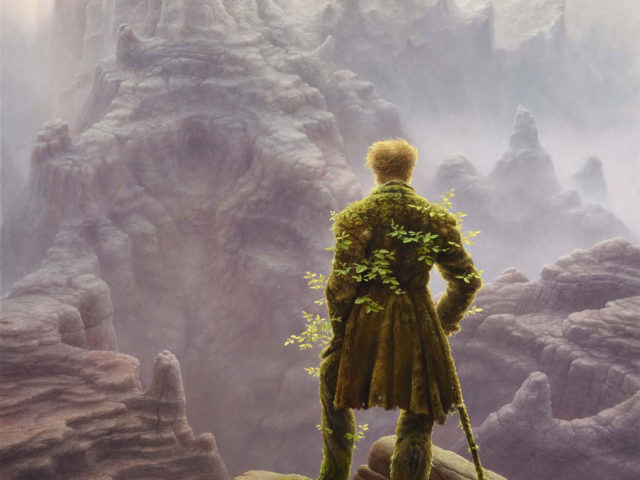

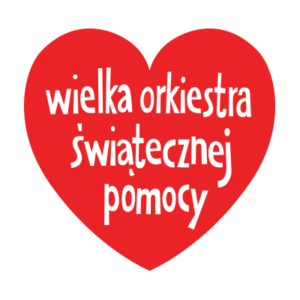
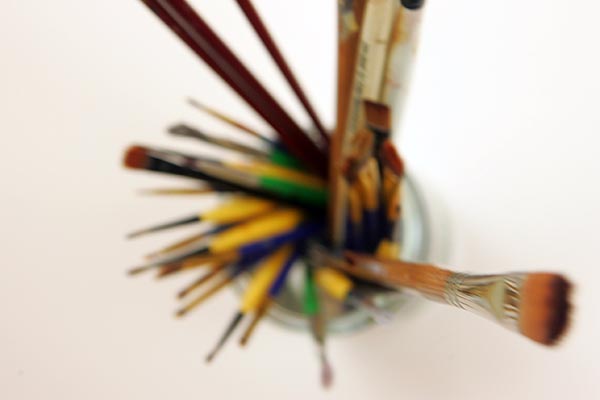
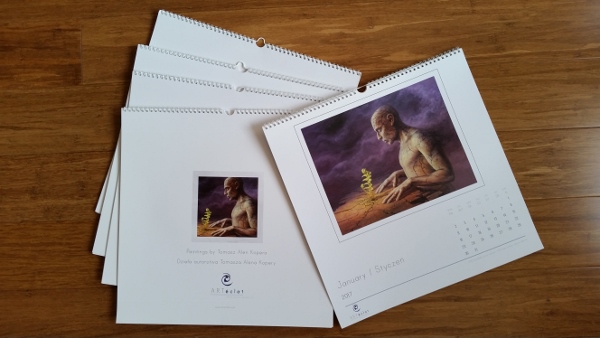
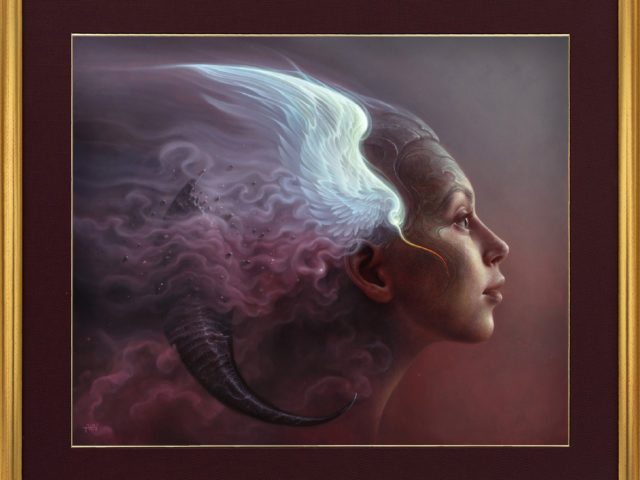
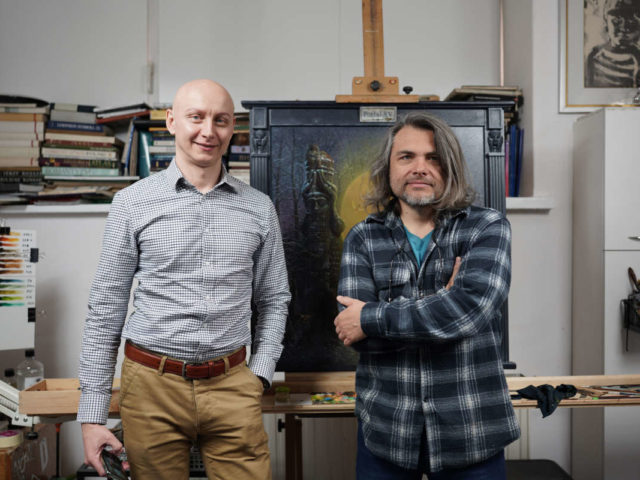
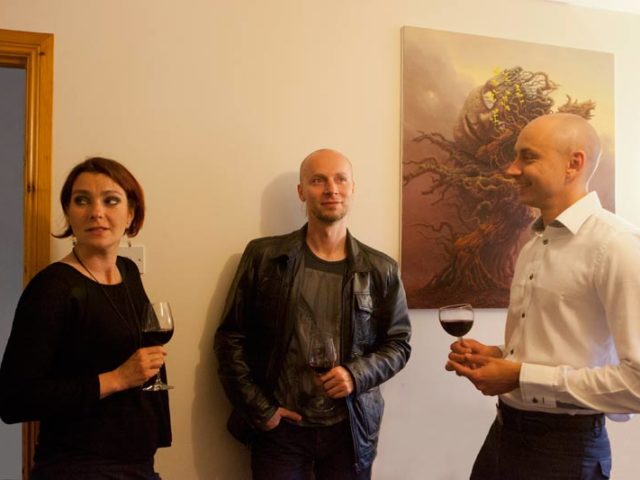
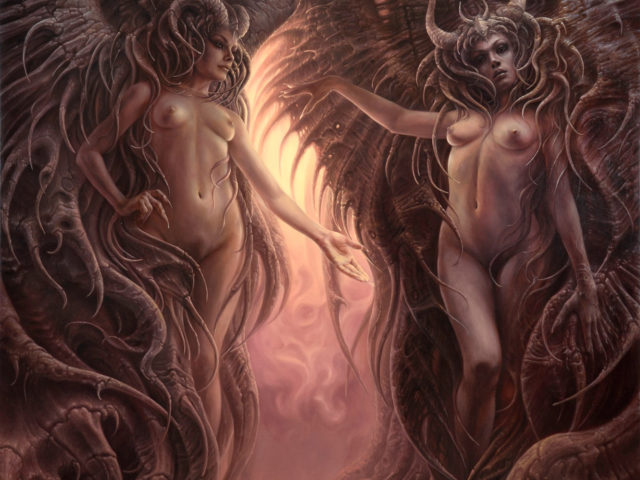
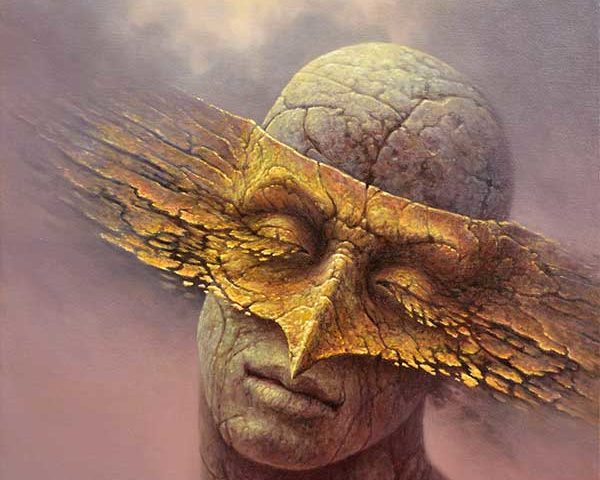
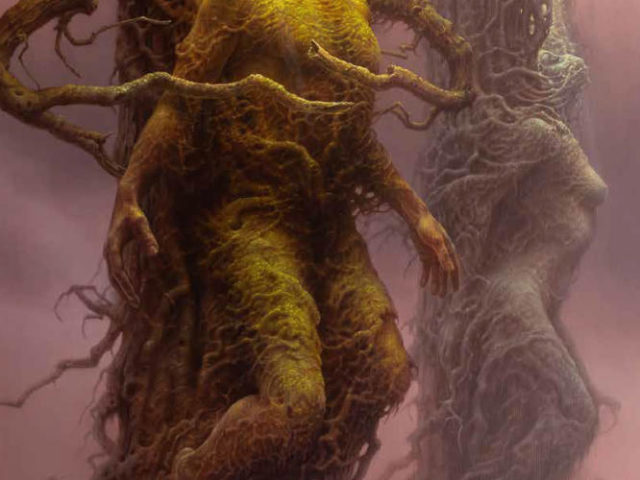
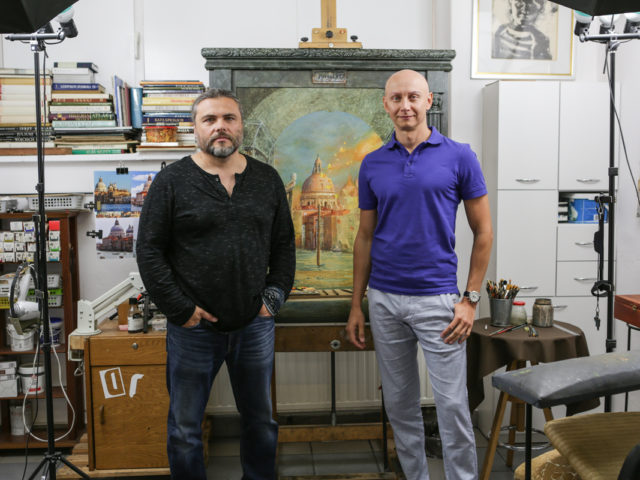
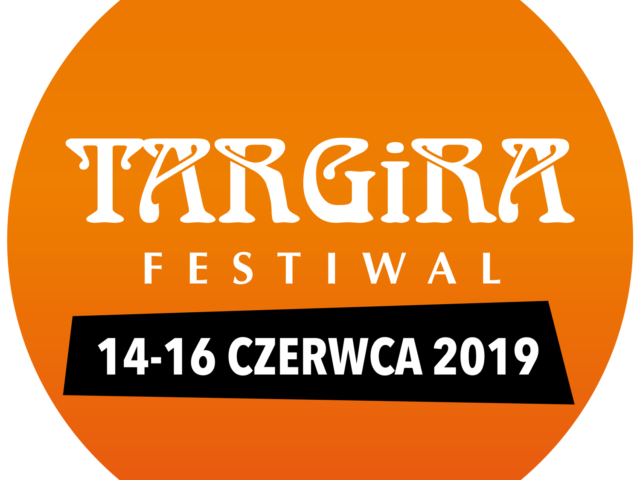
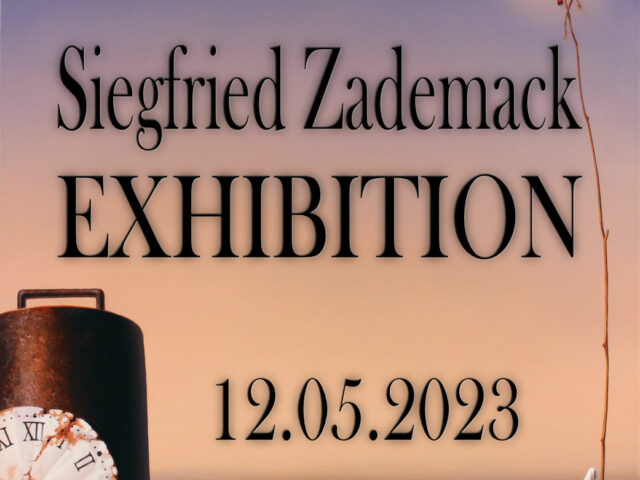
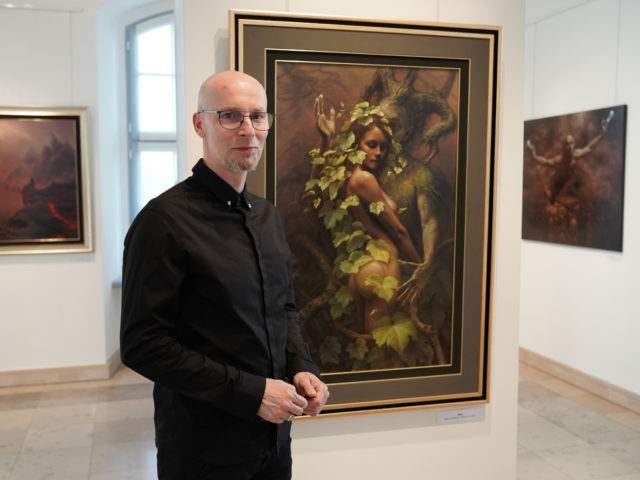
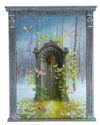 Portal XVII - Spring
Portal XVII - Spring 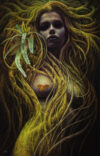 J023 (untitled)
J023 (untitled) 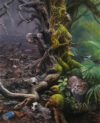 Anthropocene
Anthropocene 